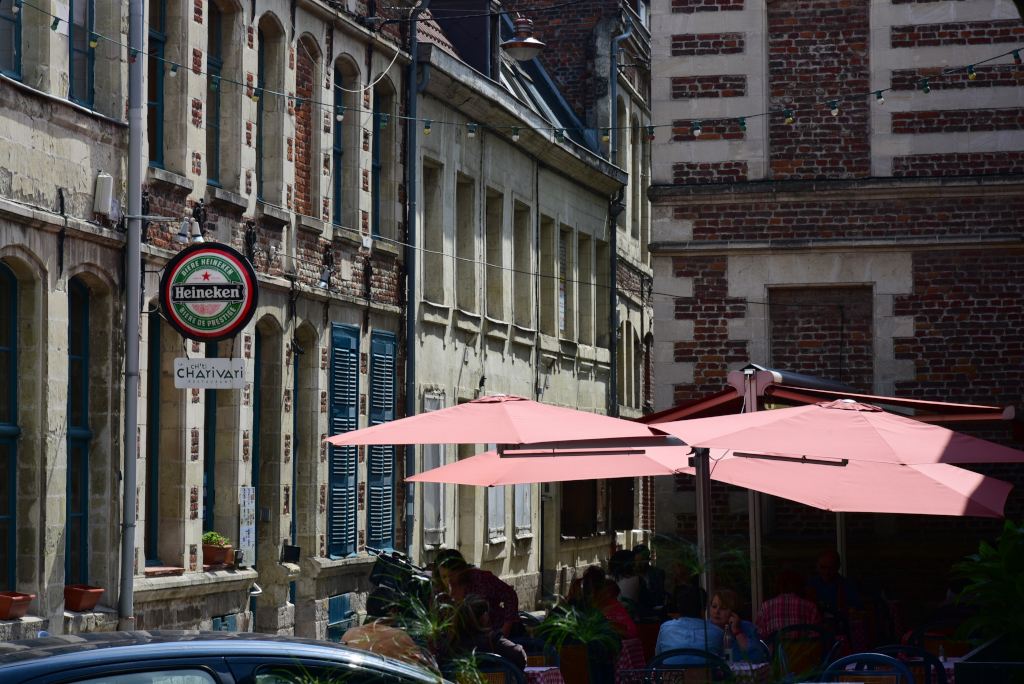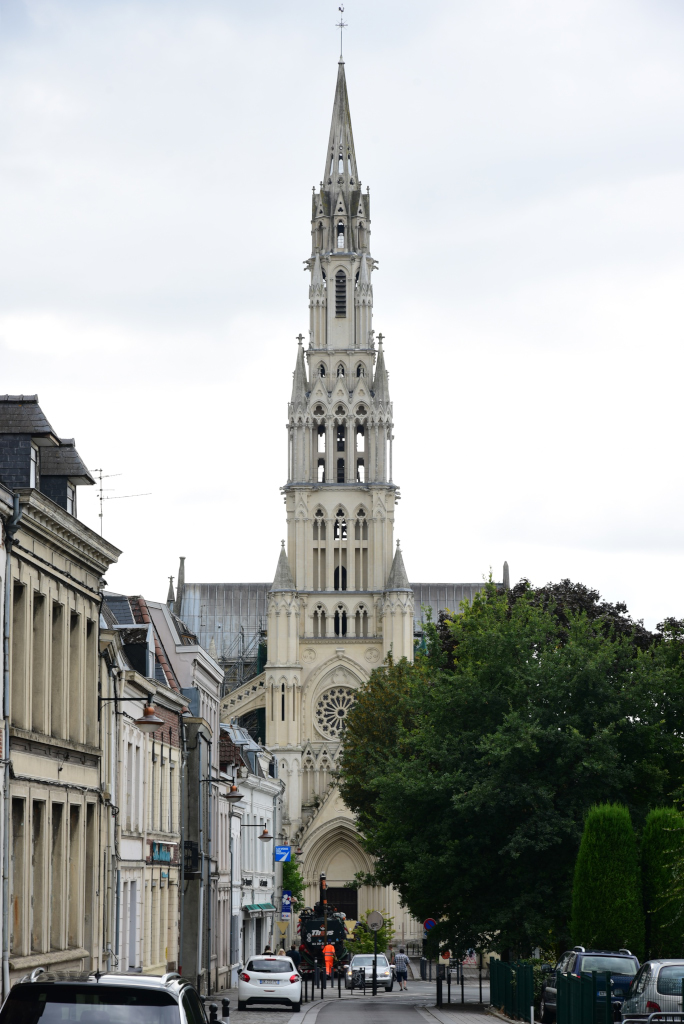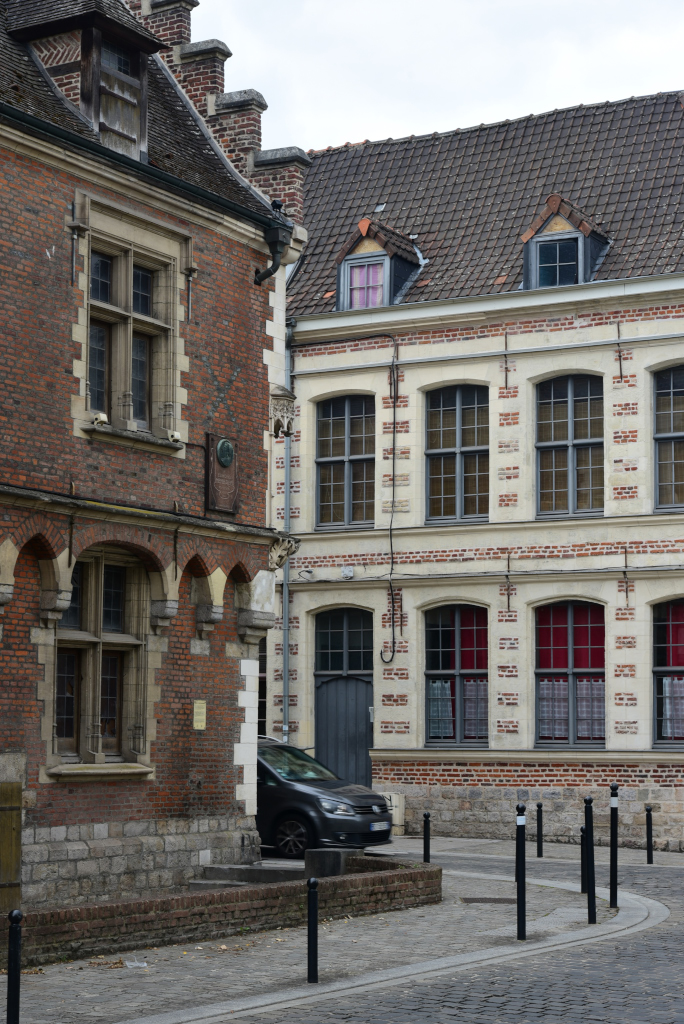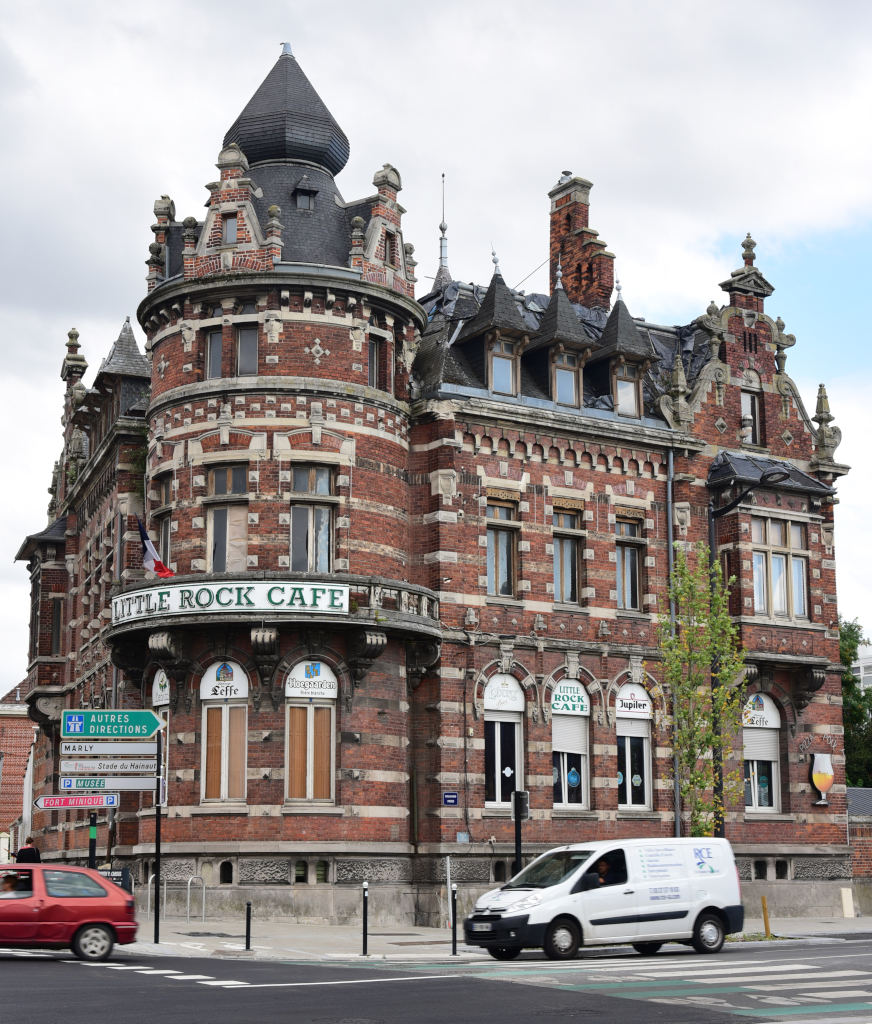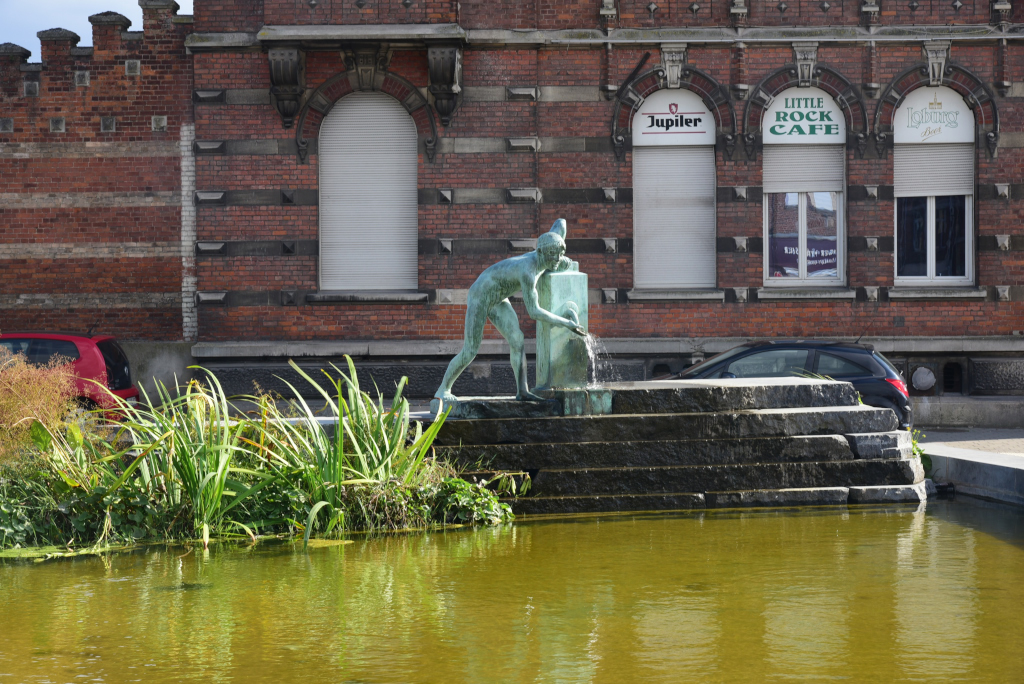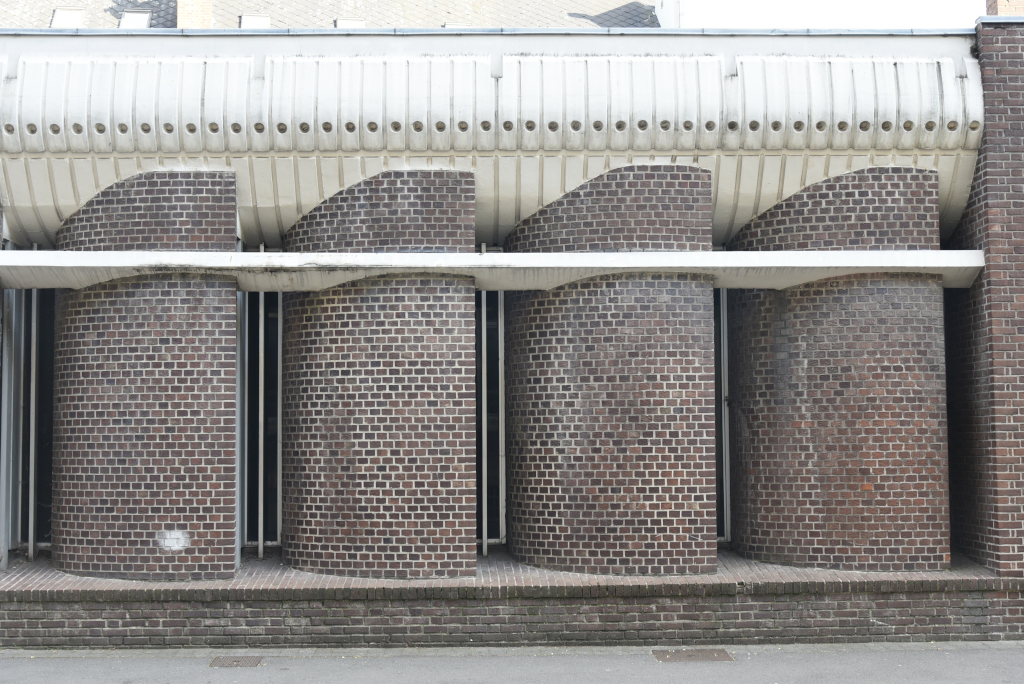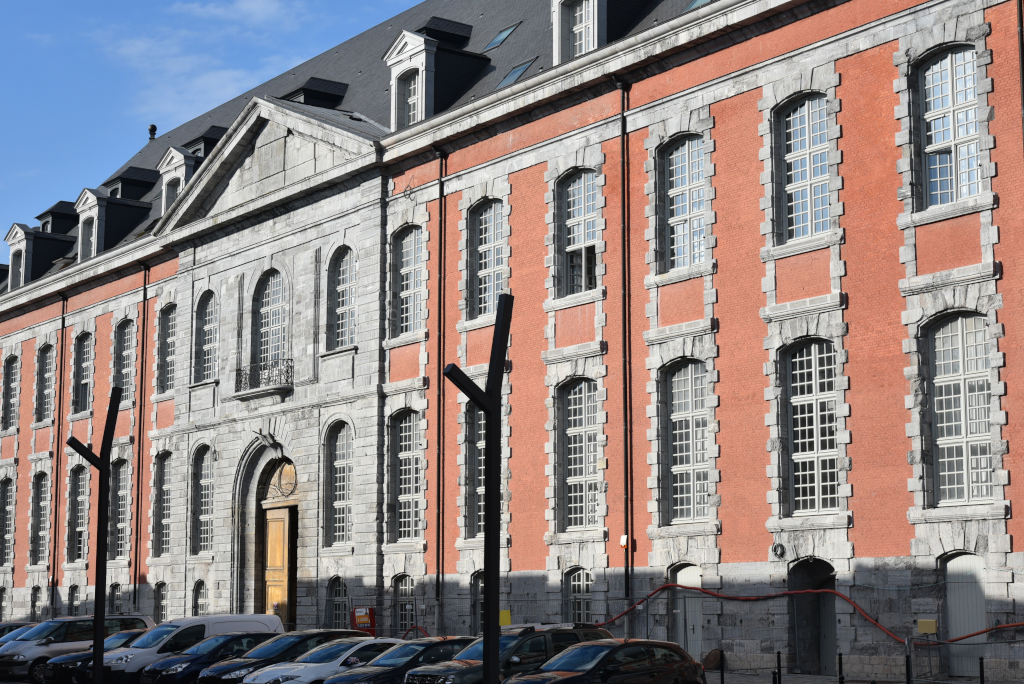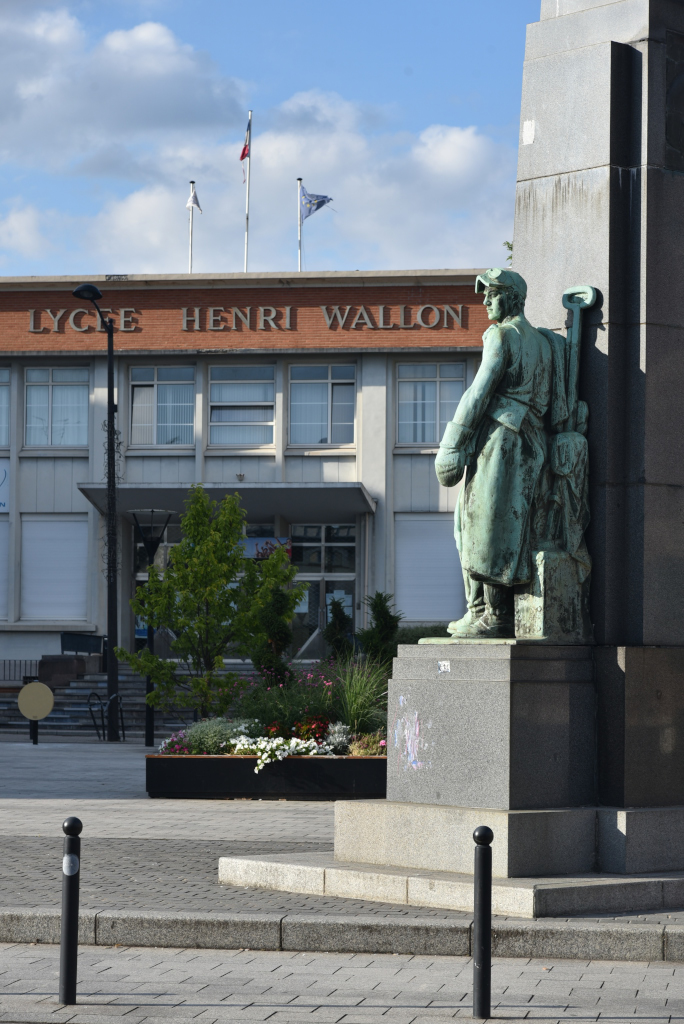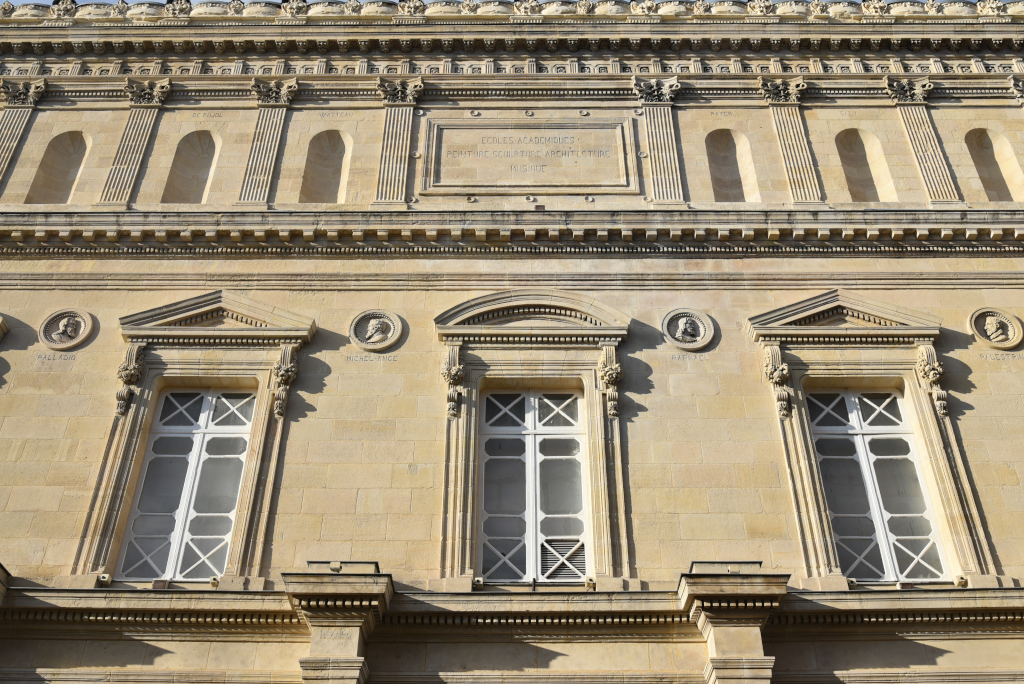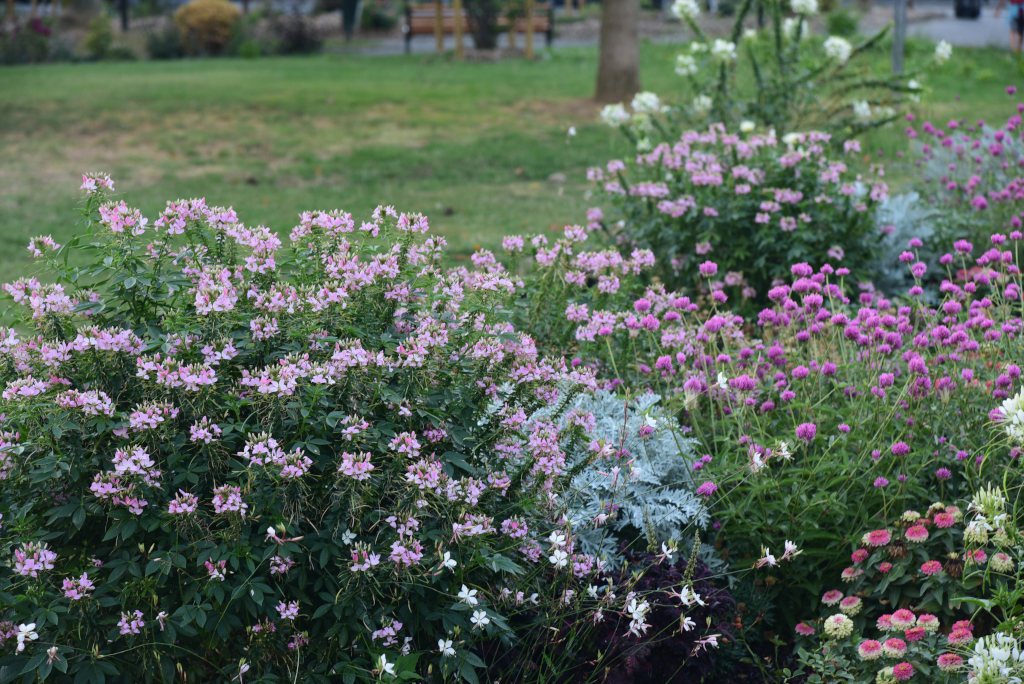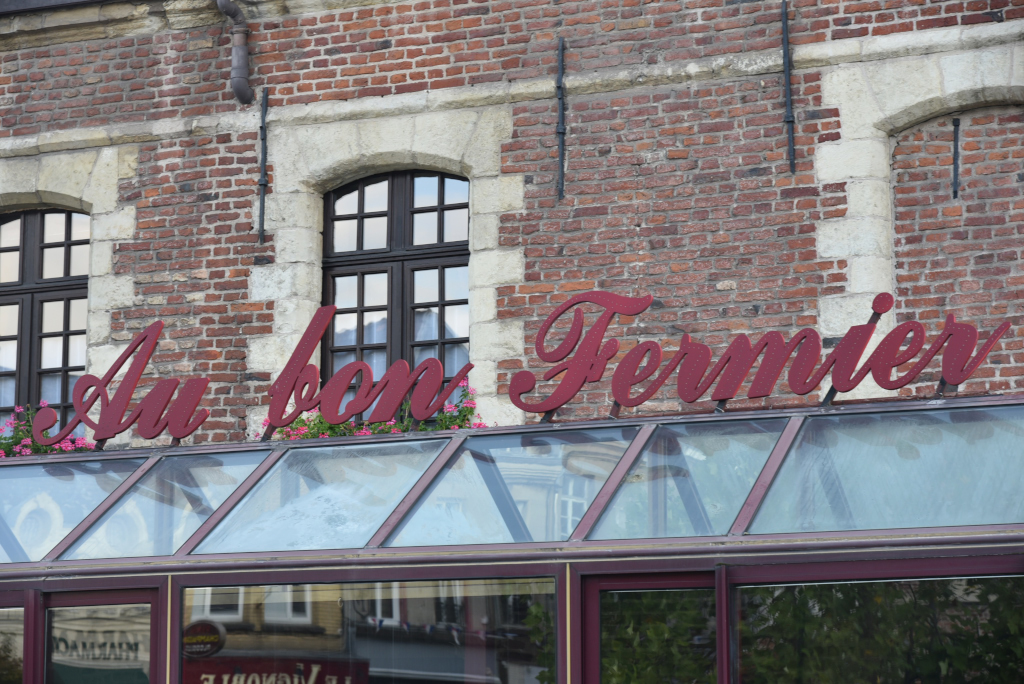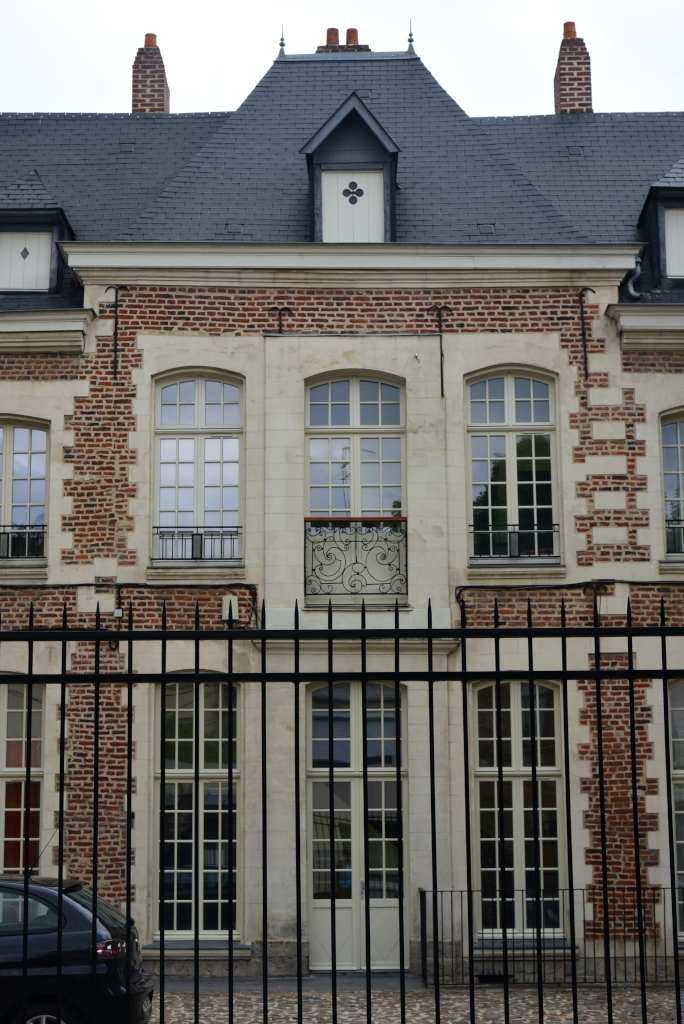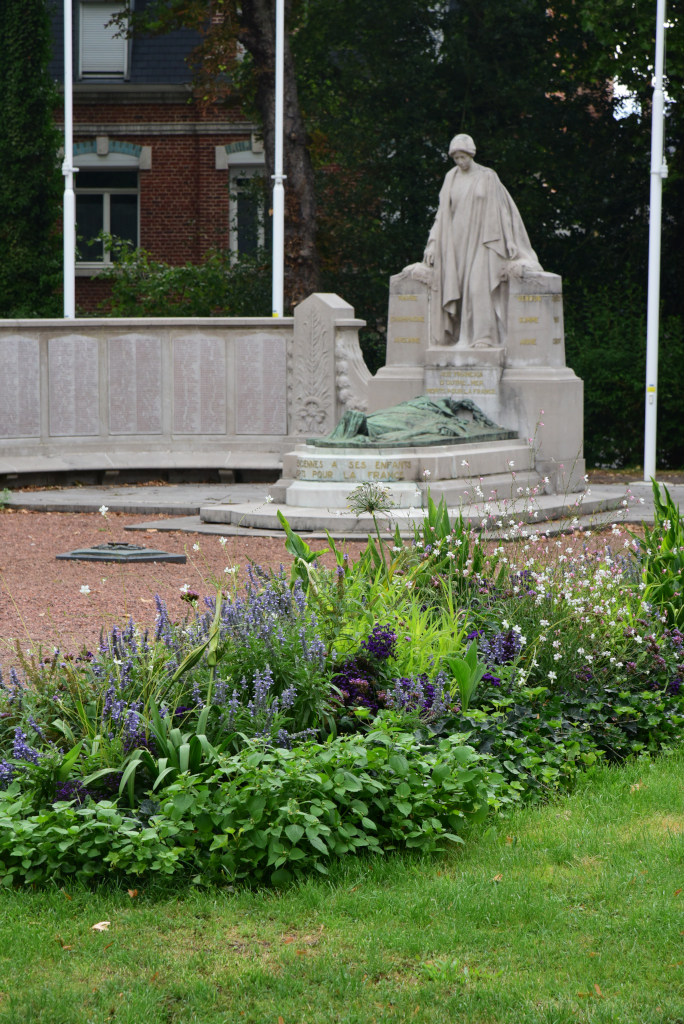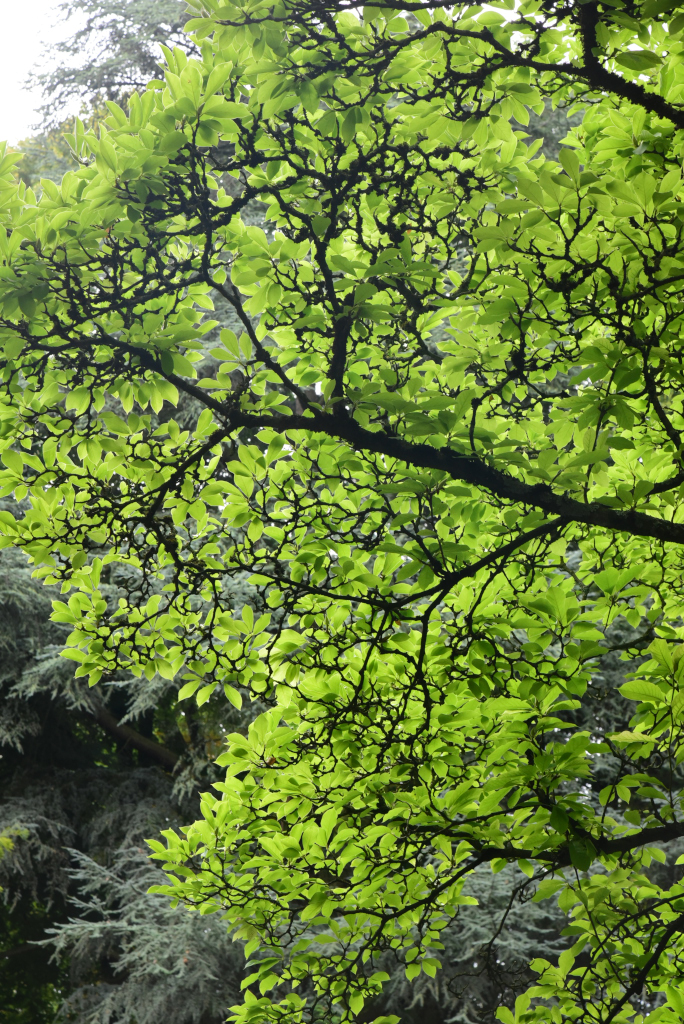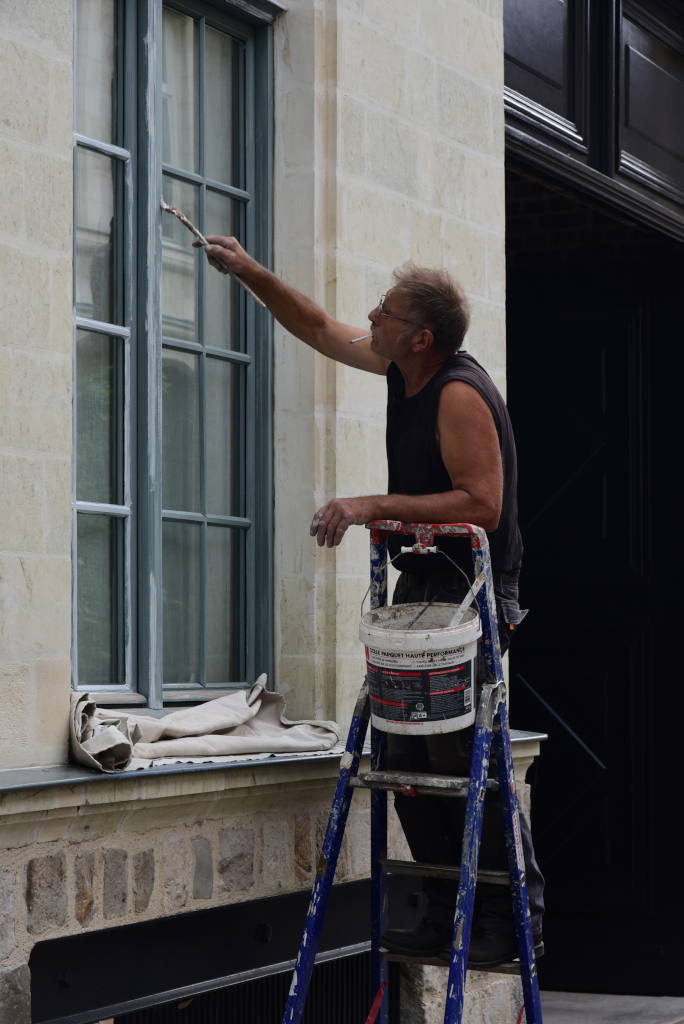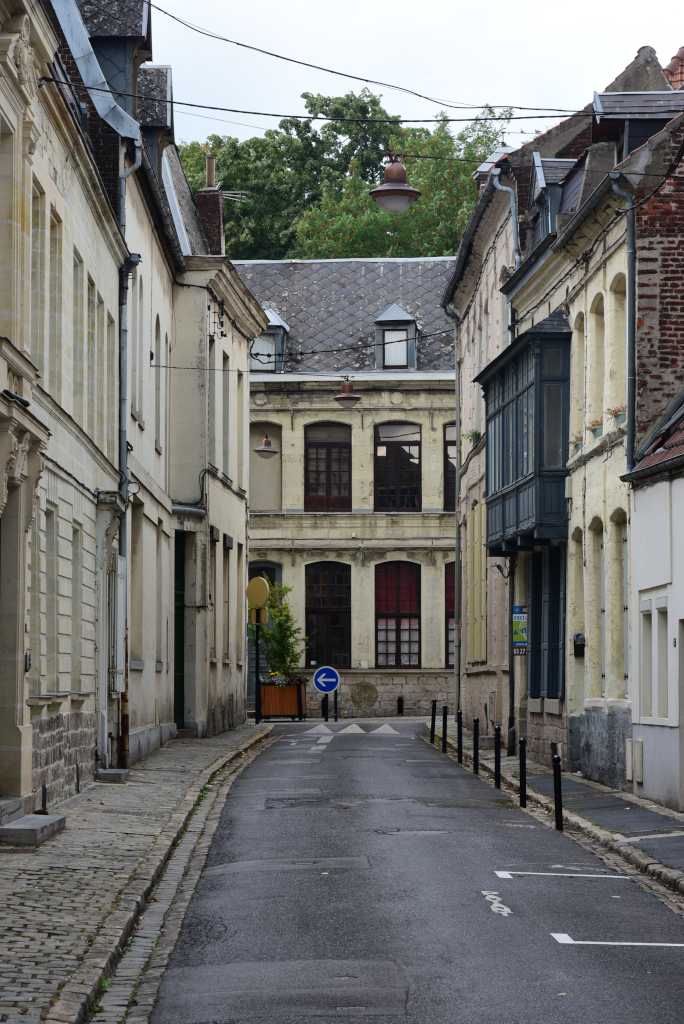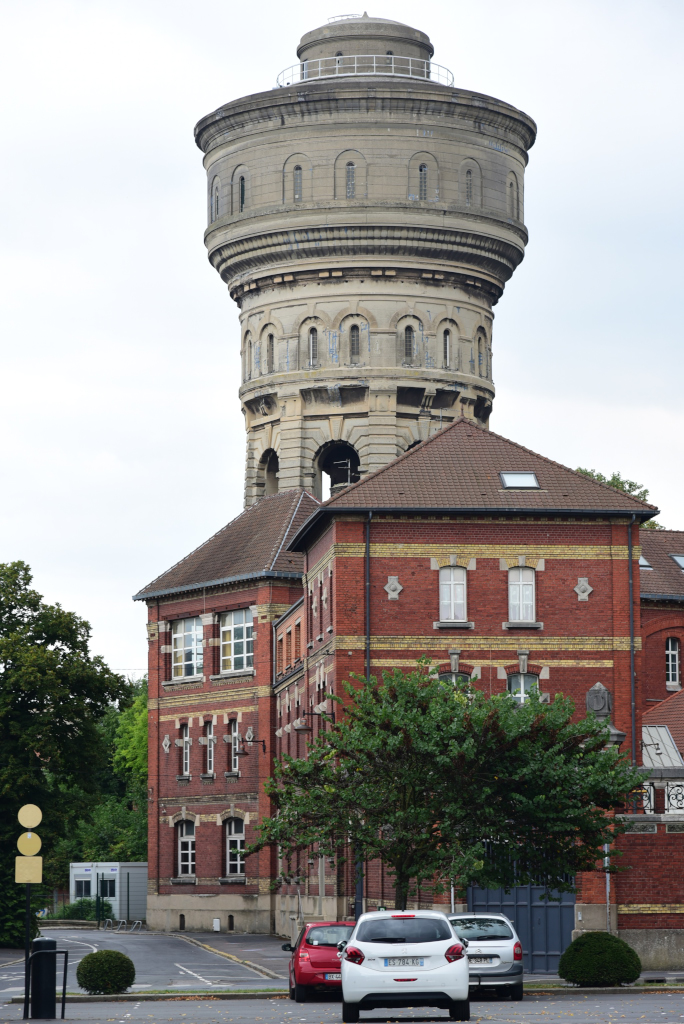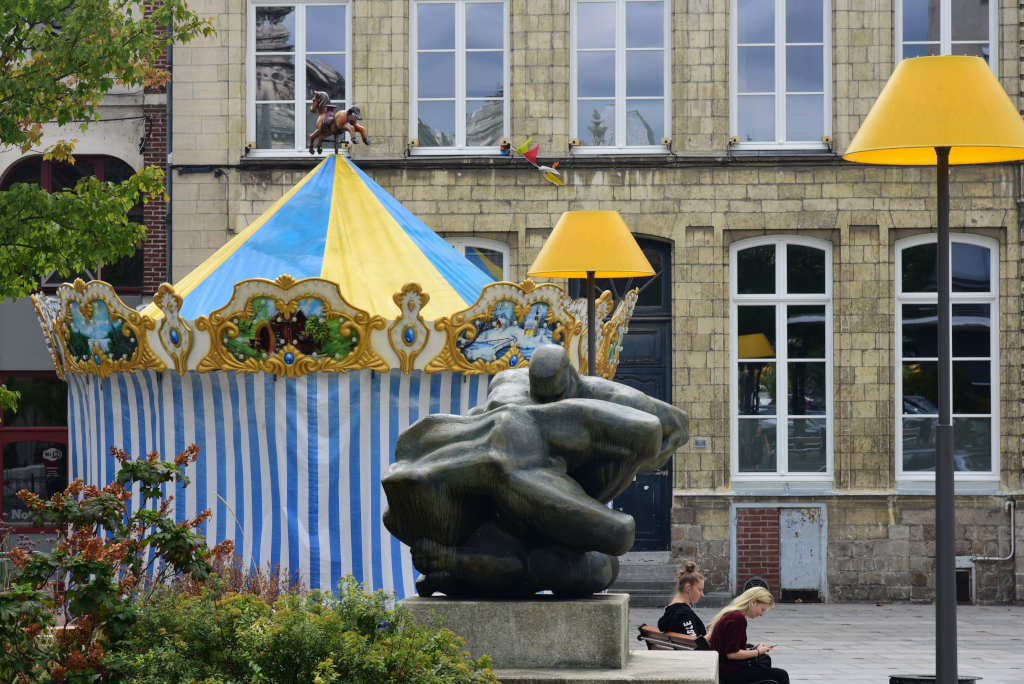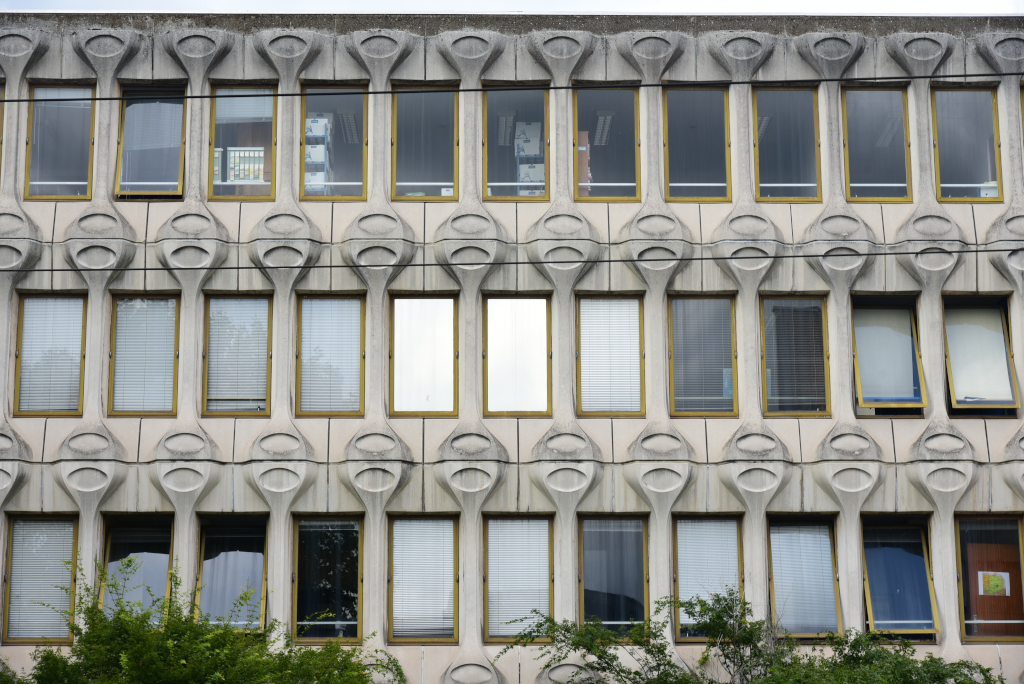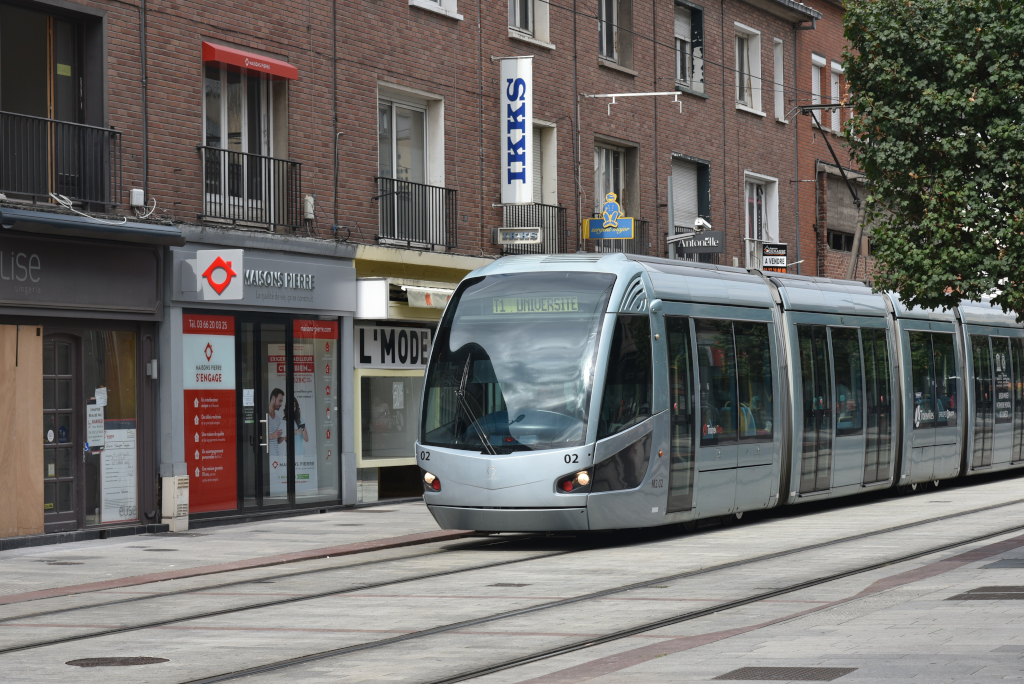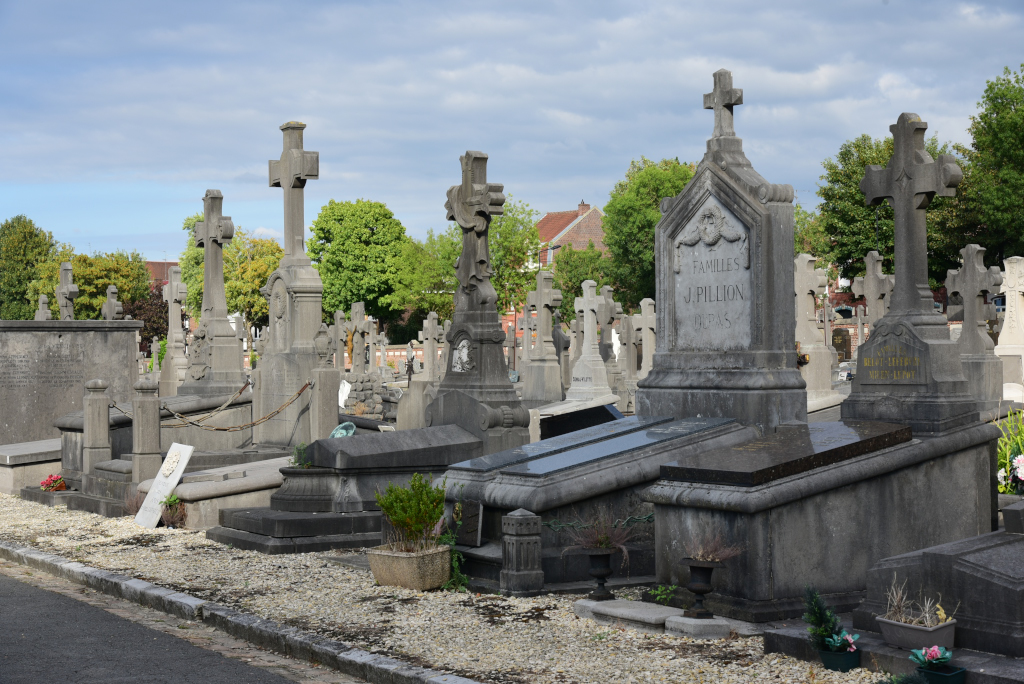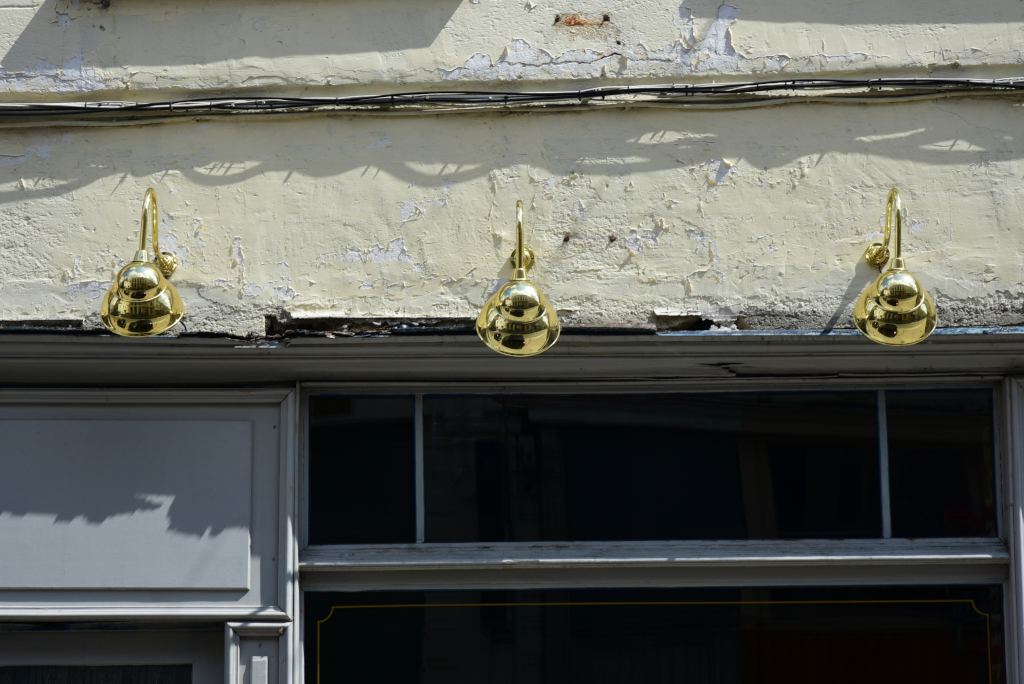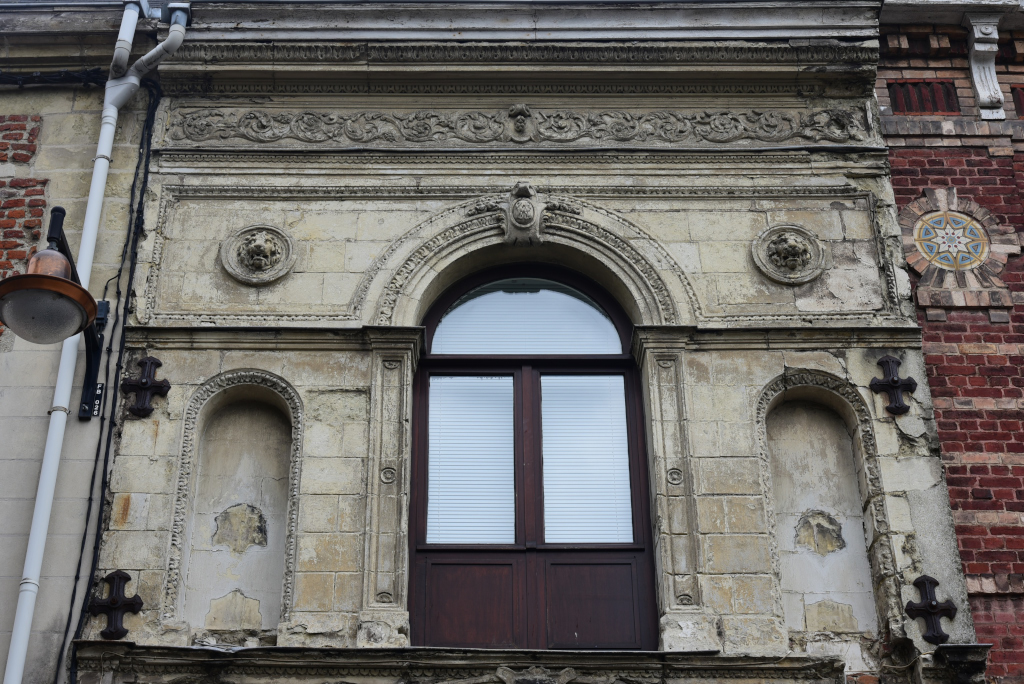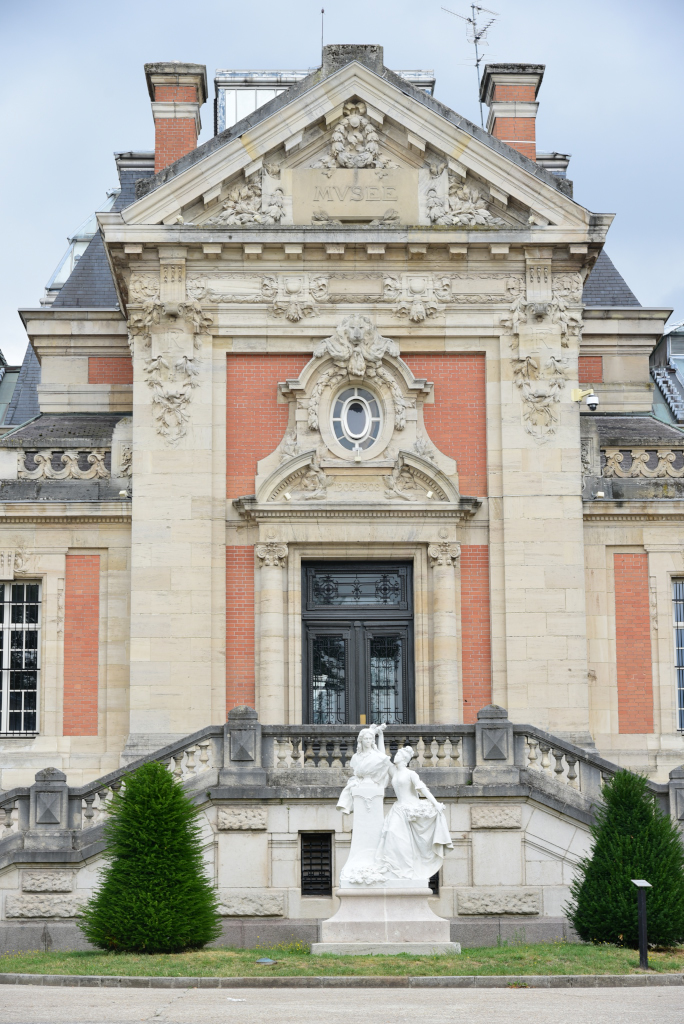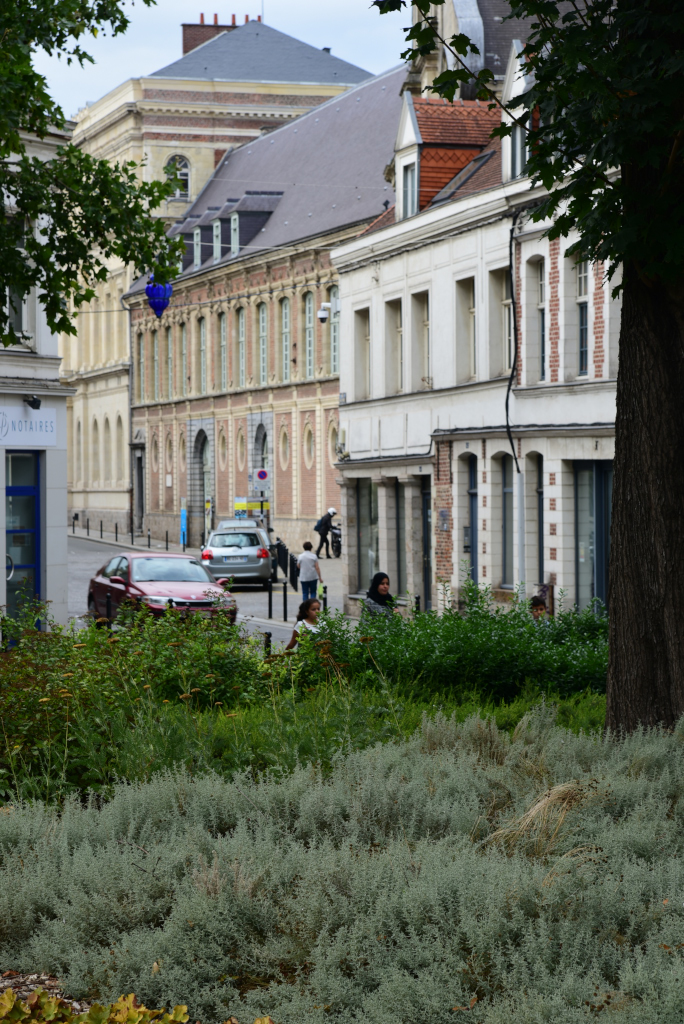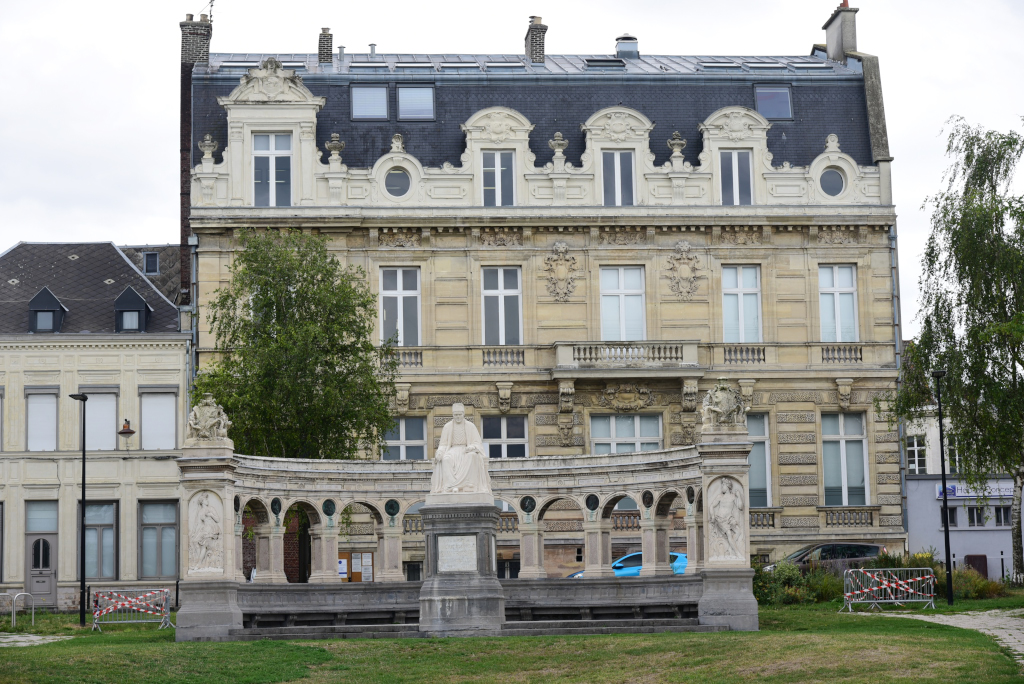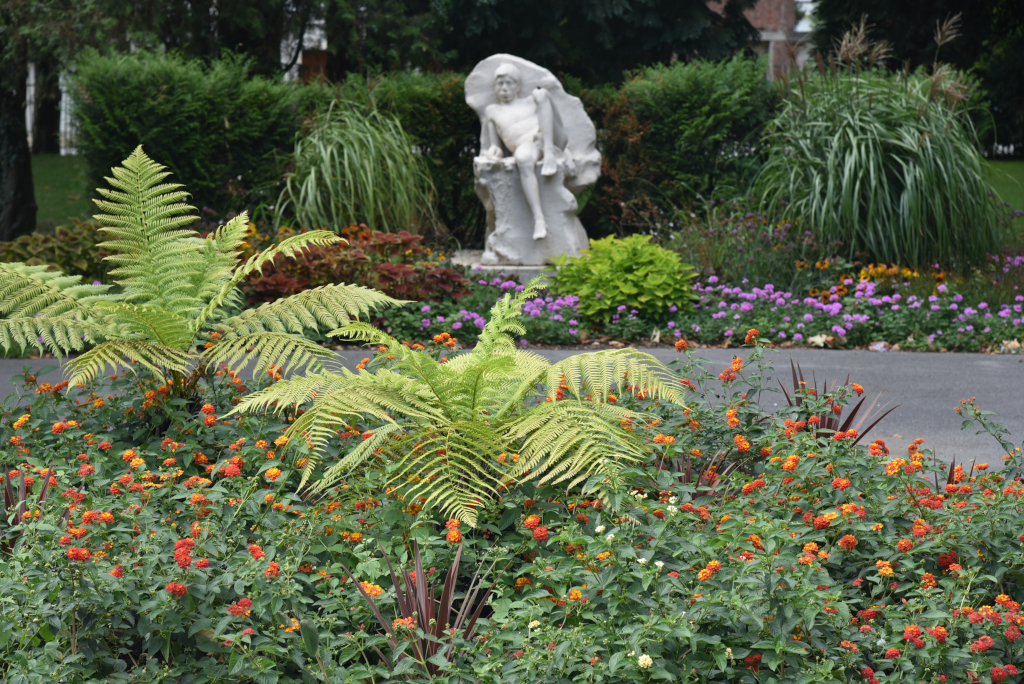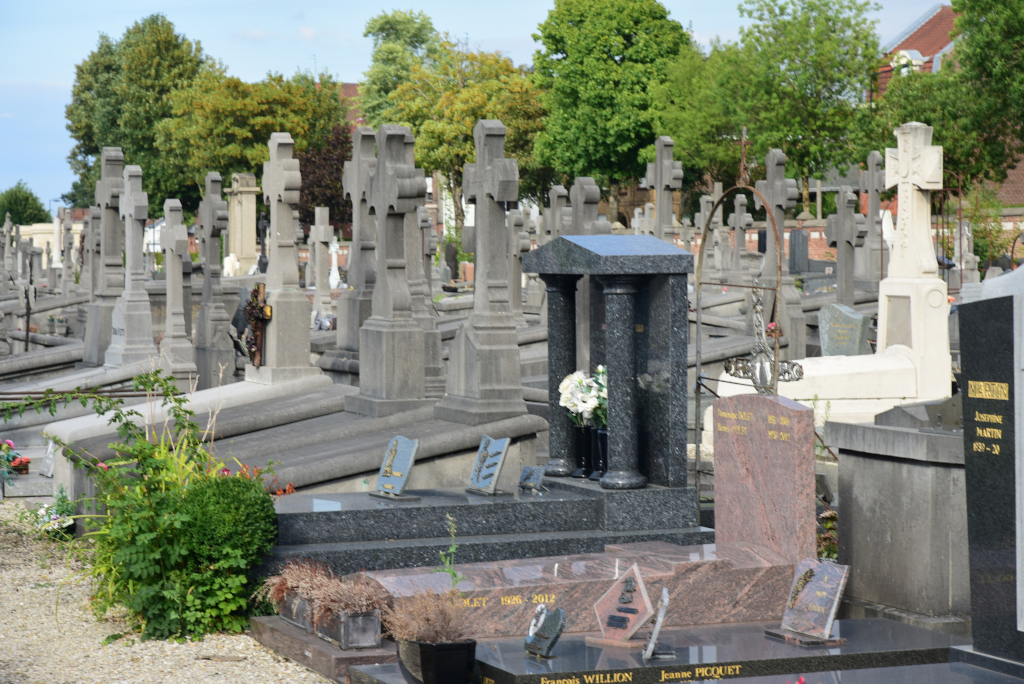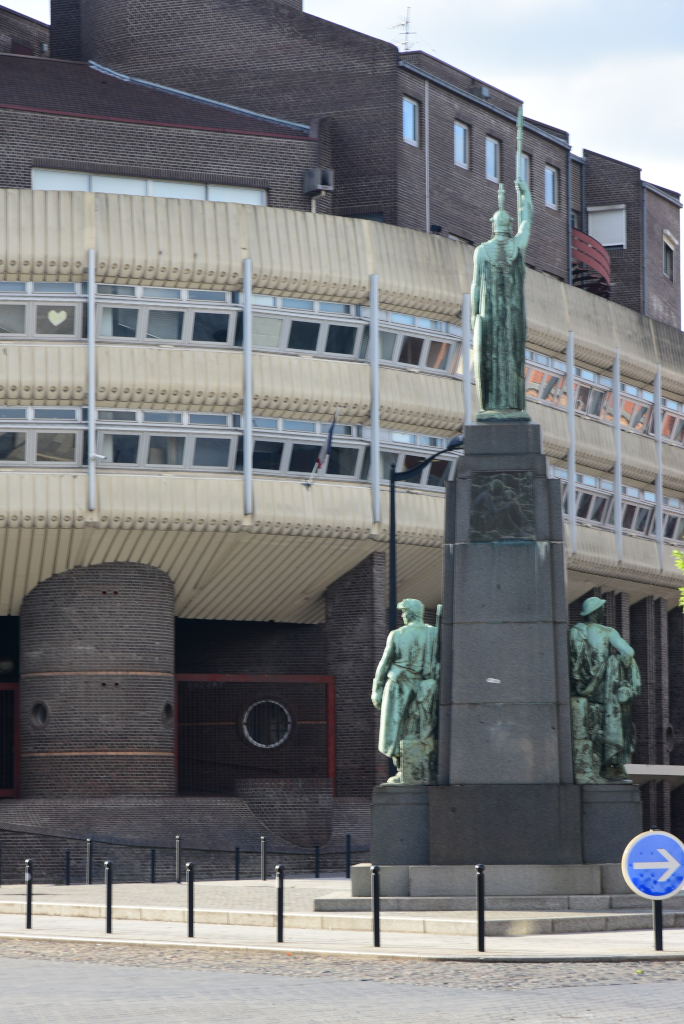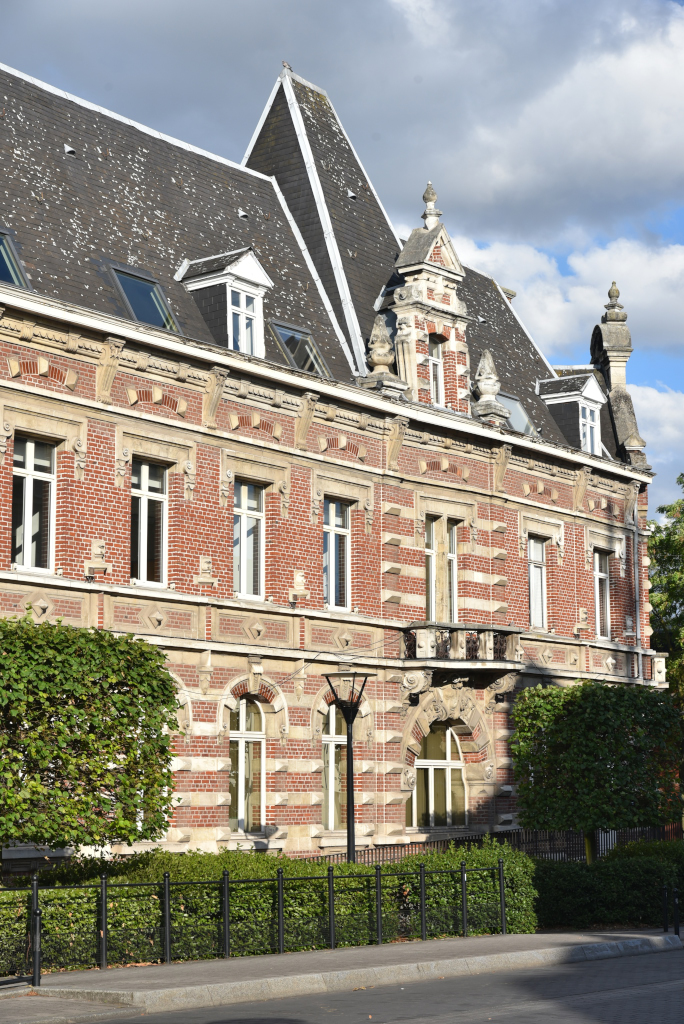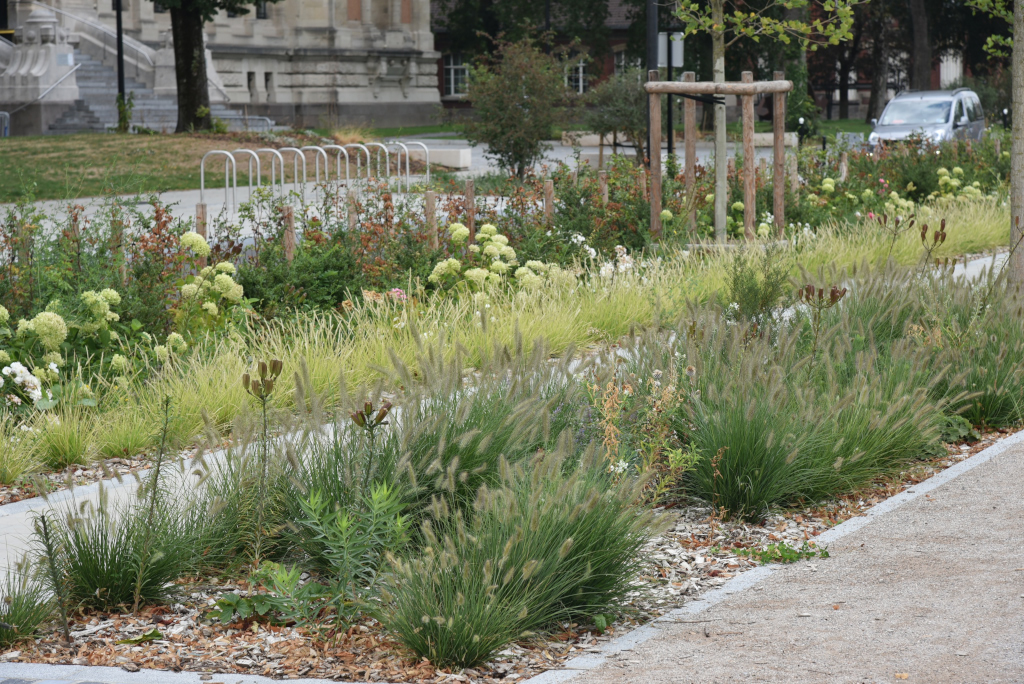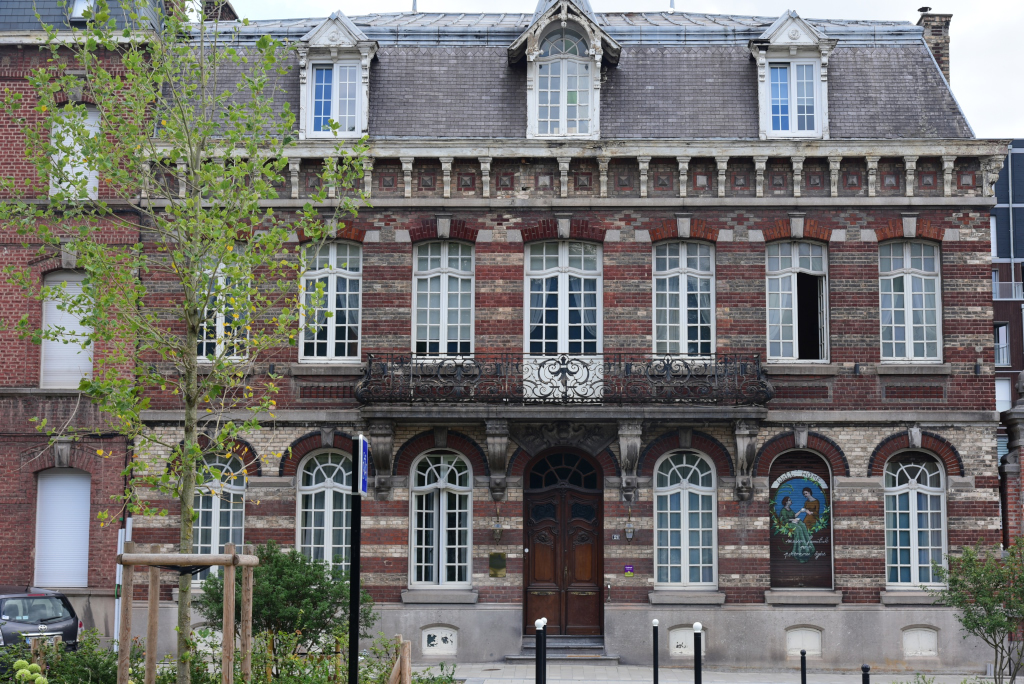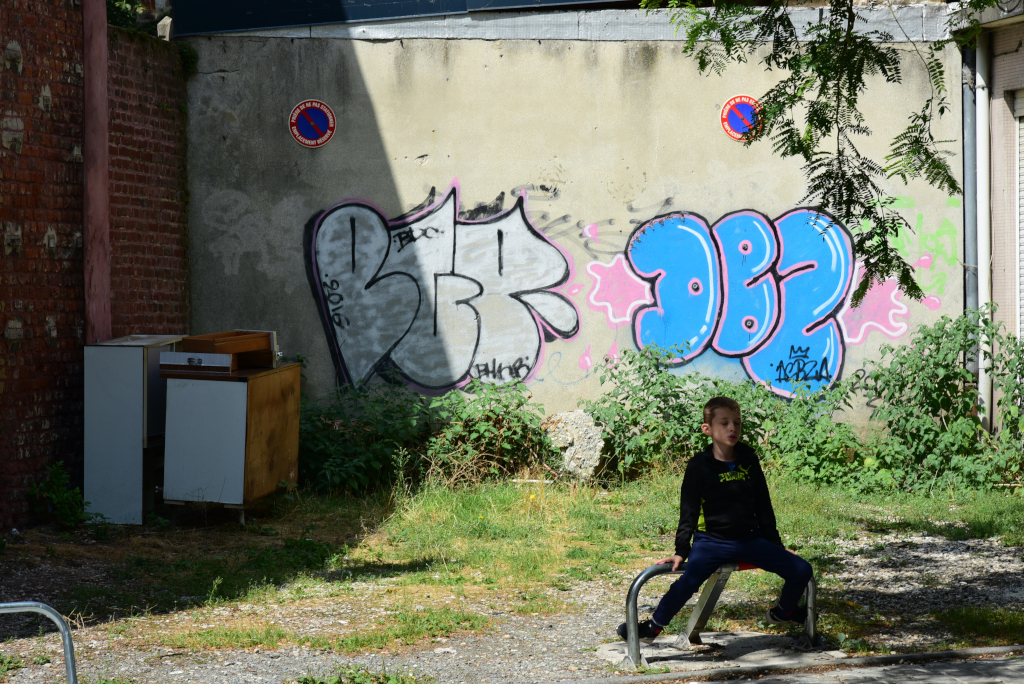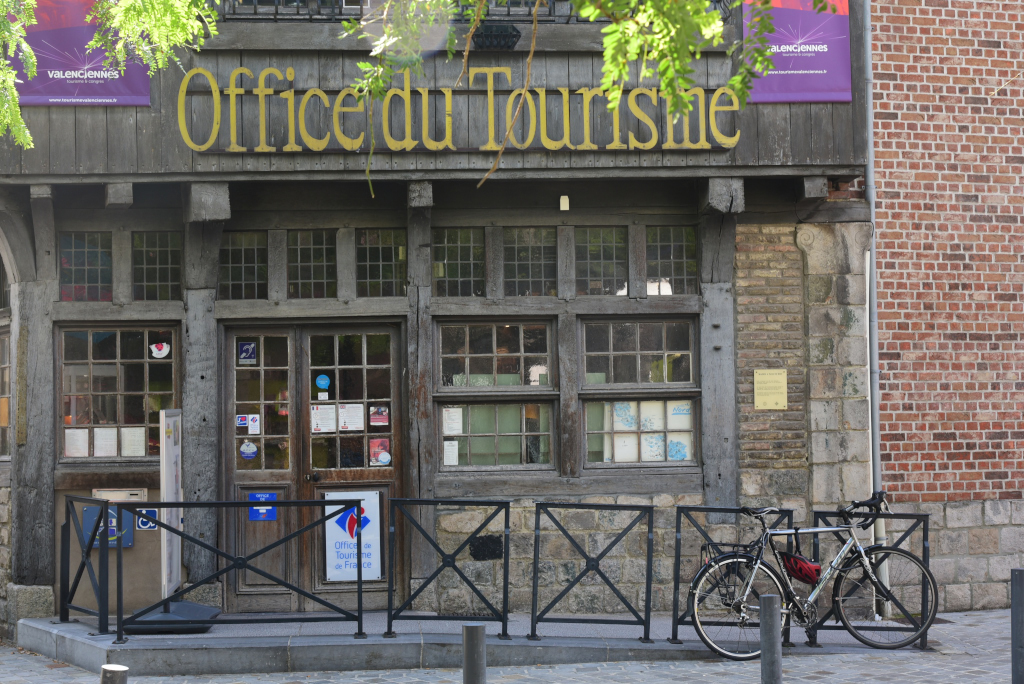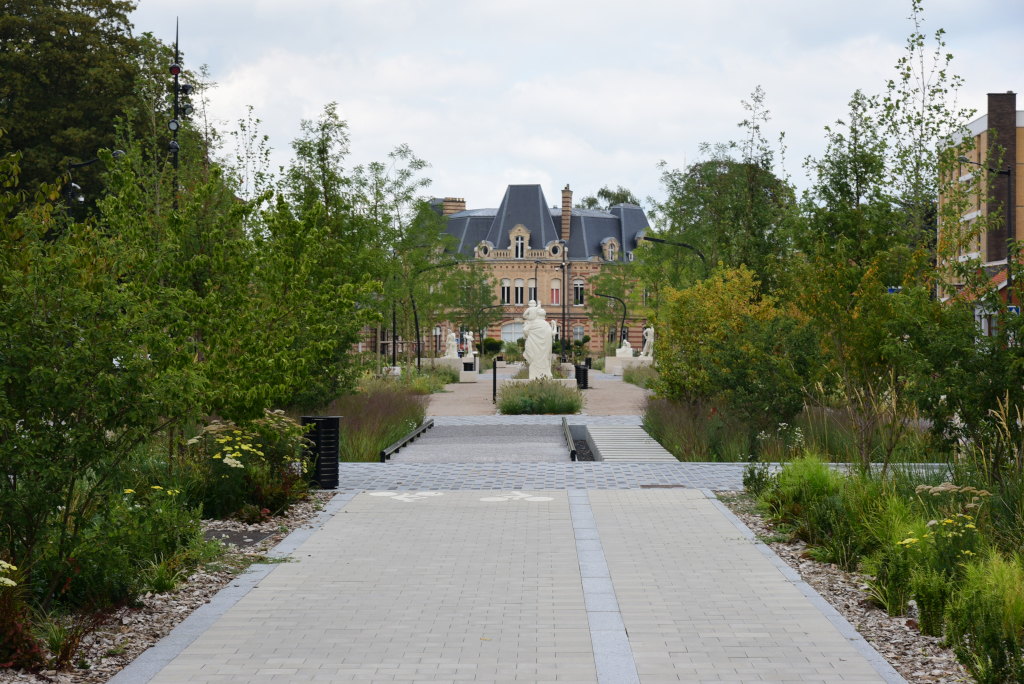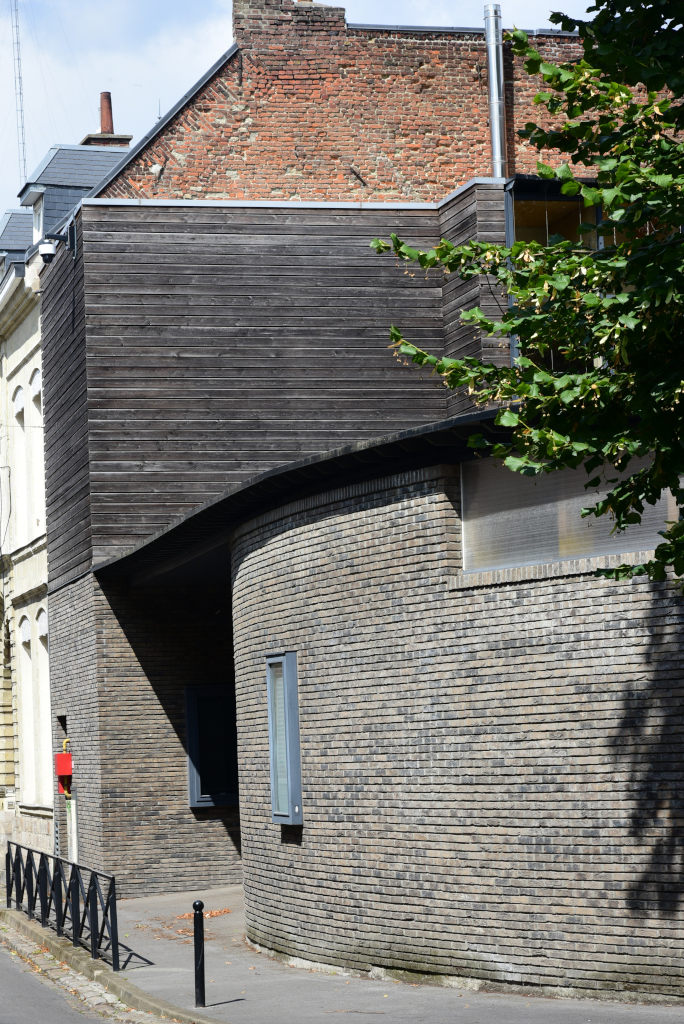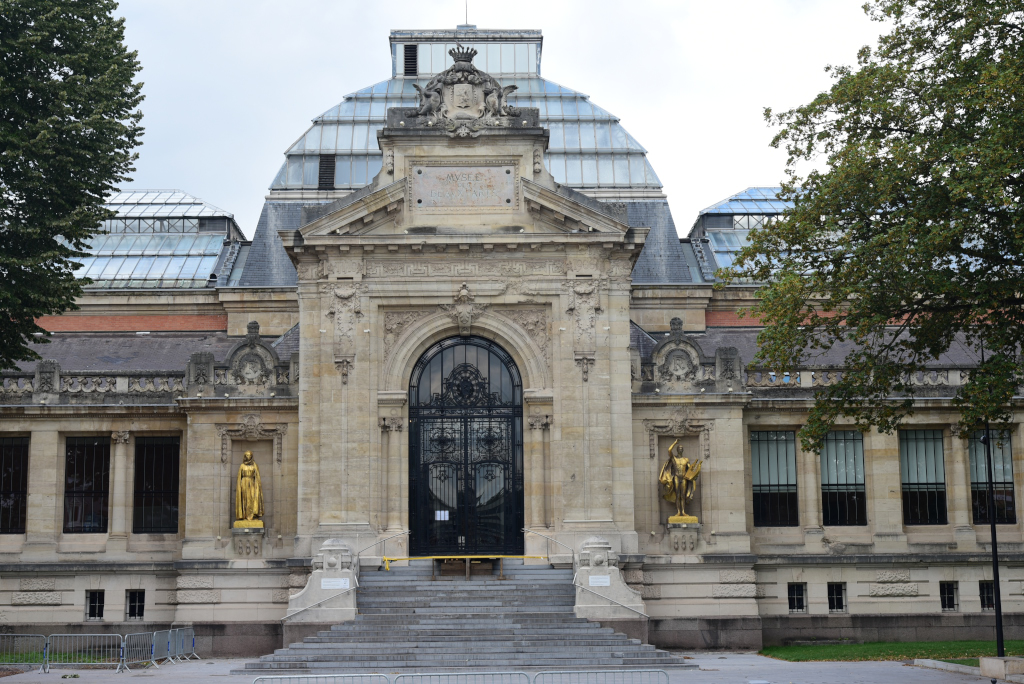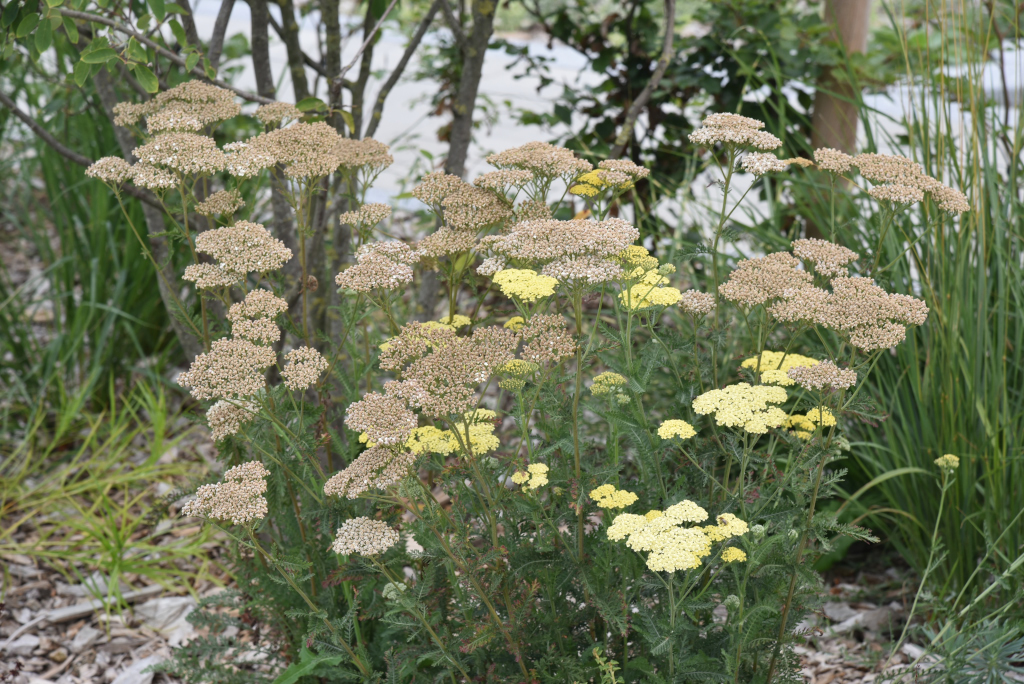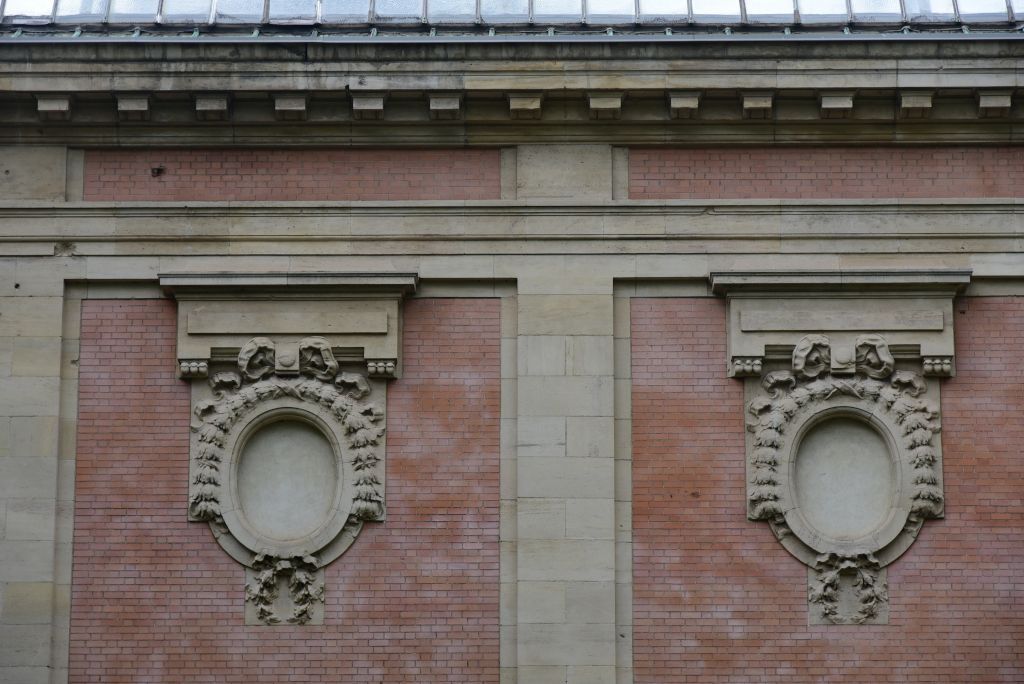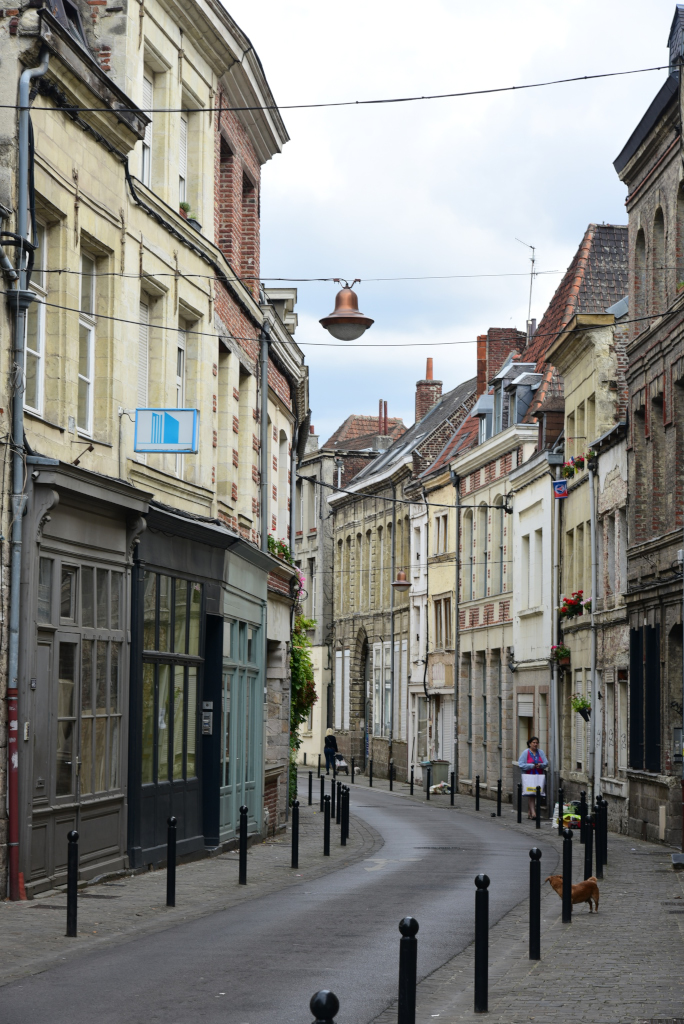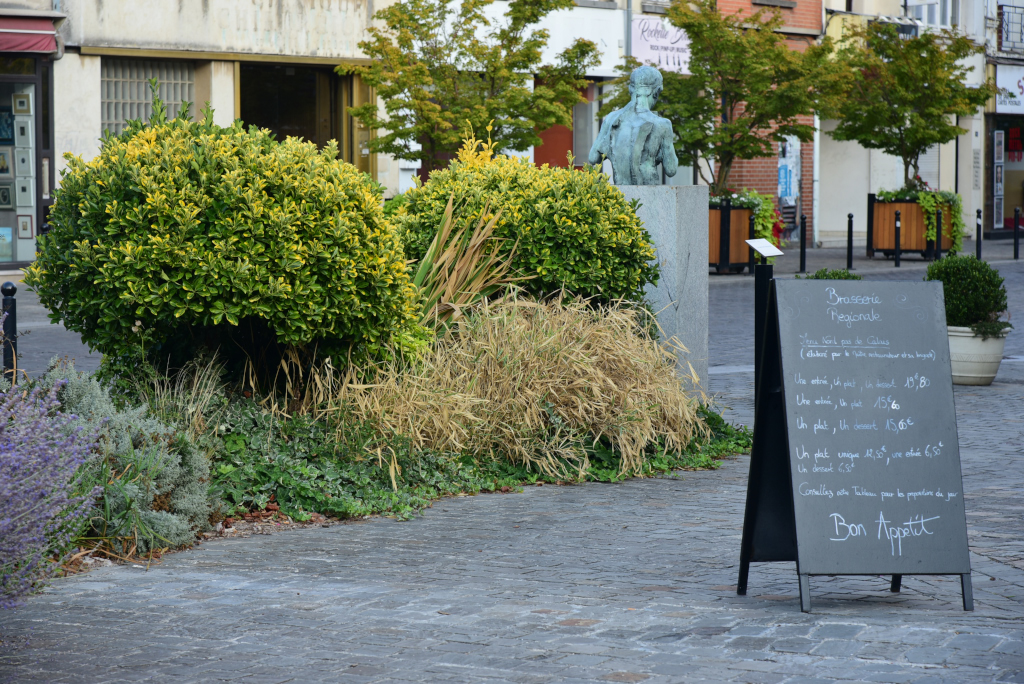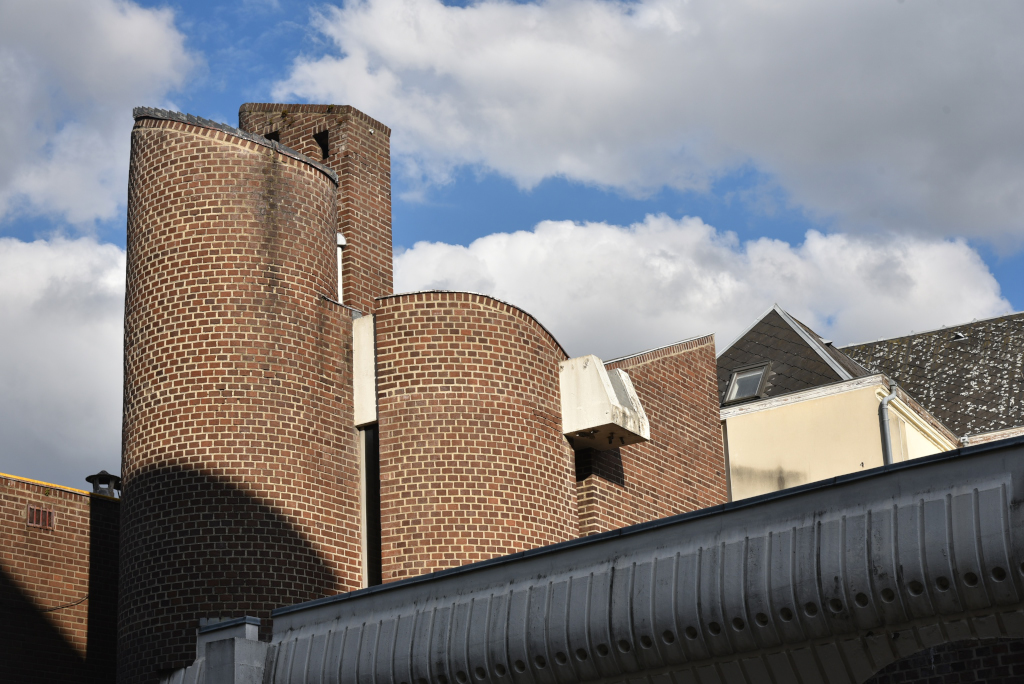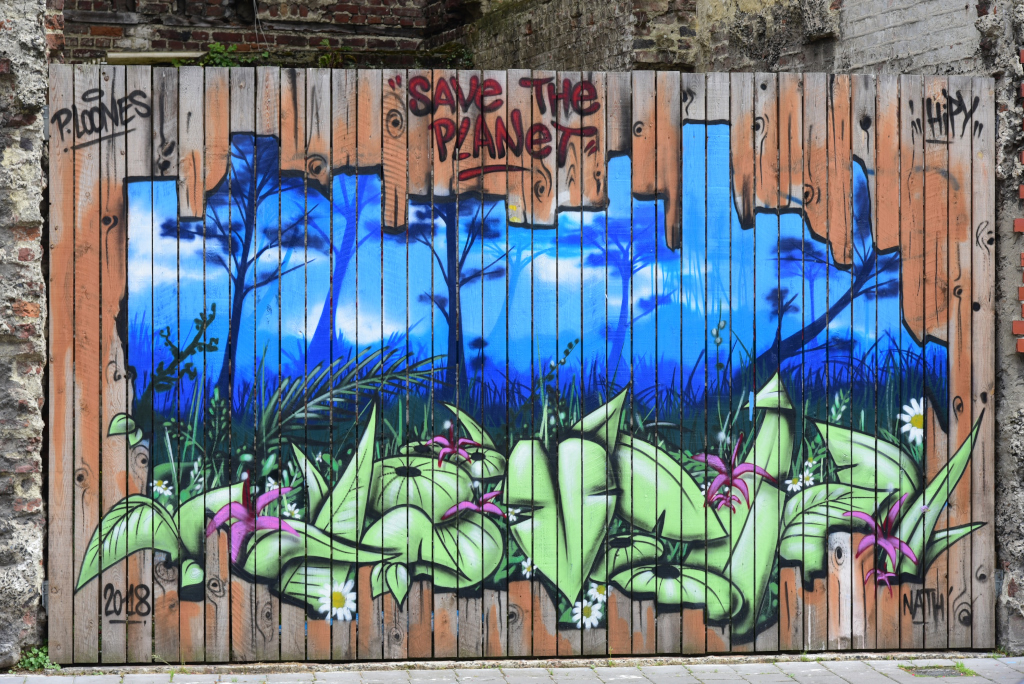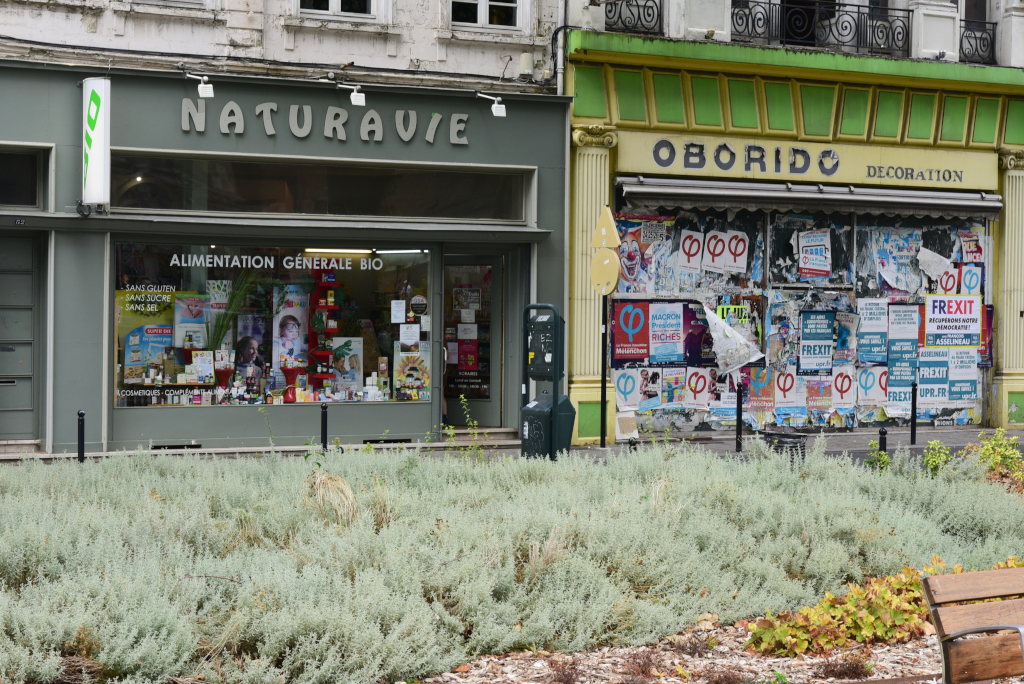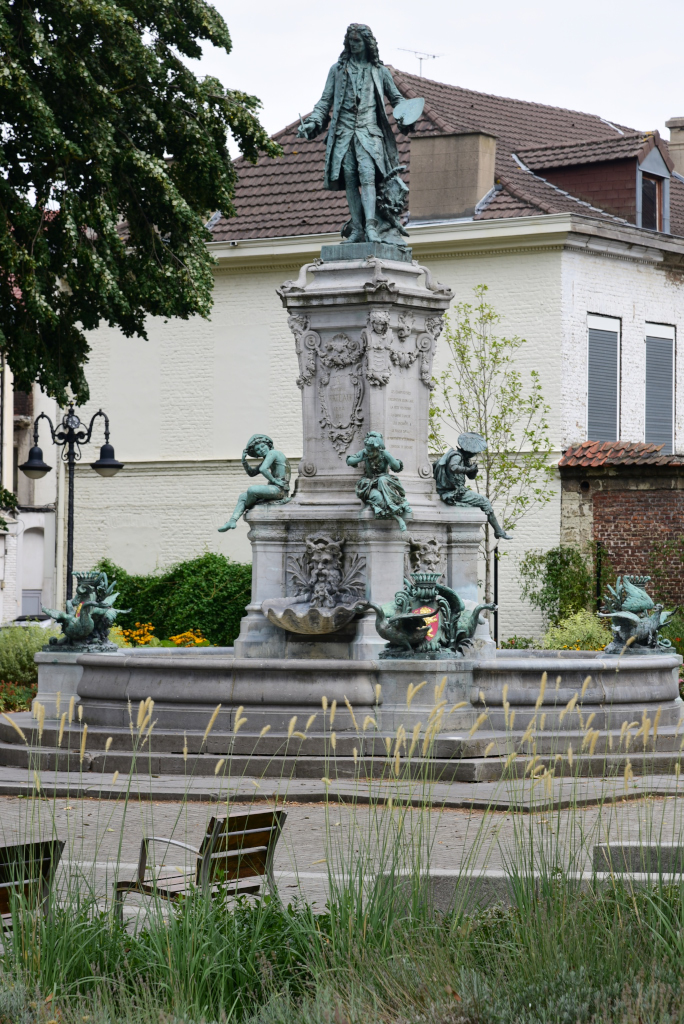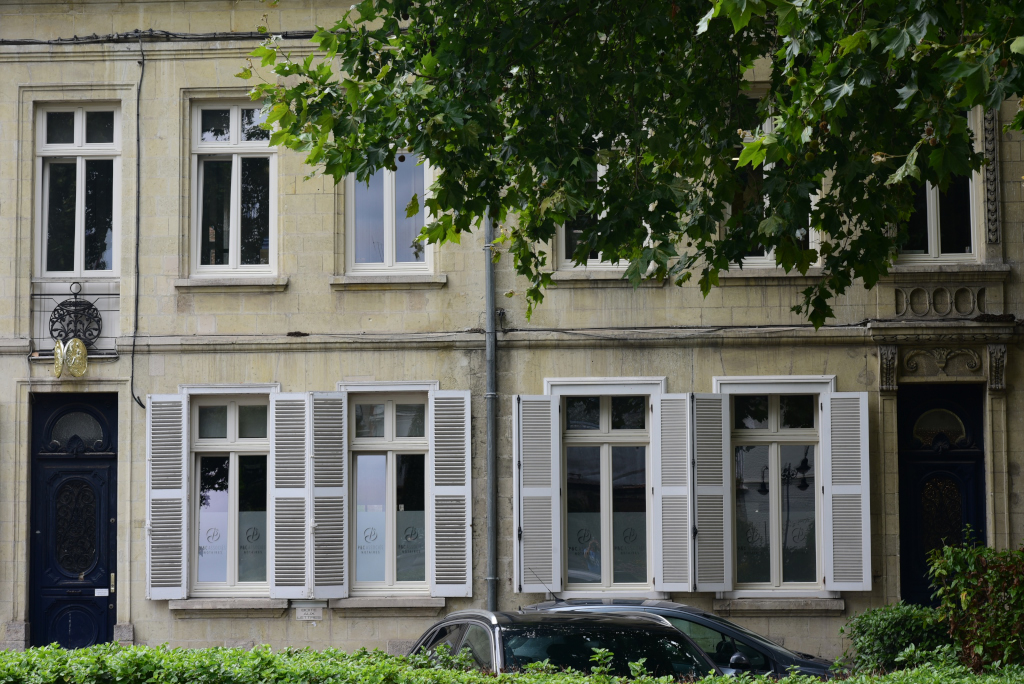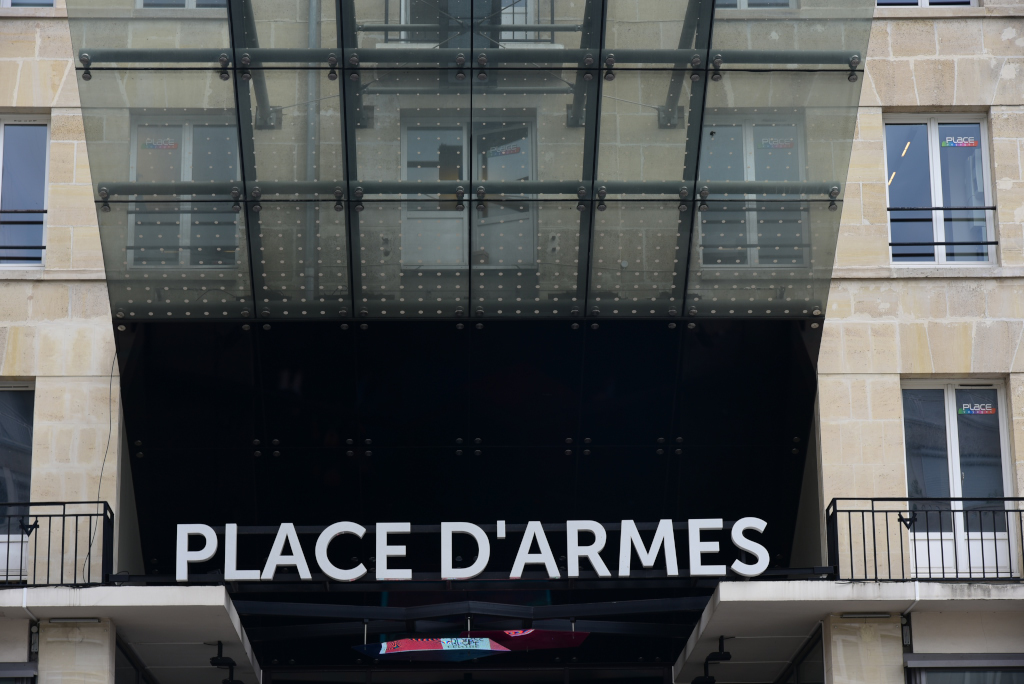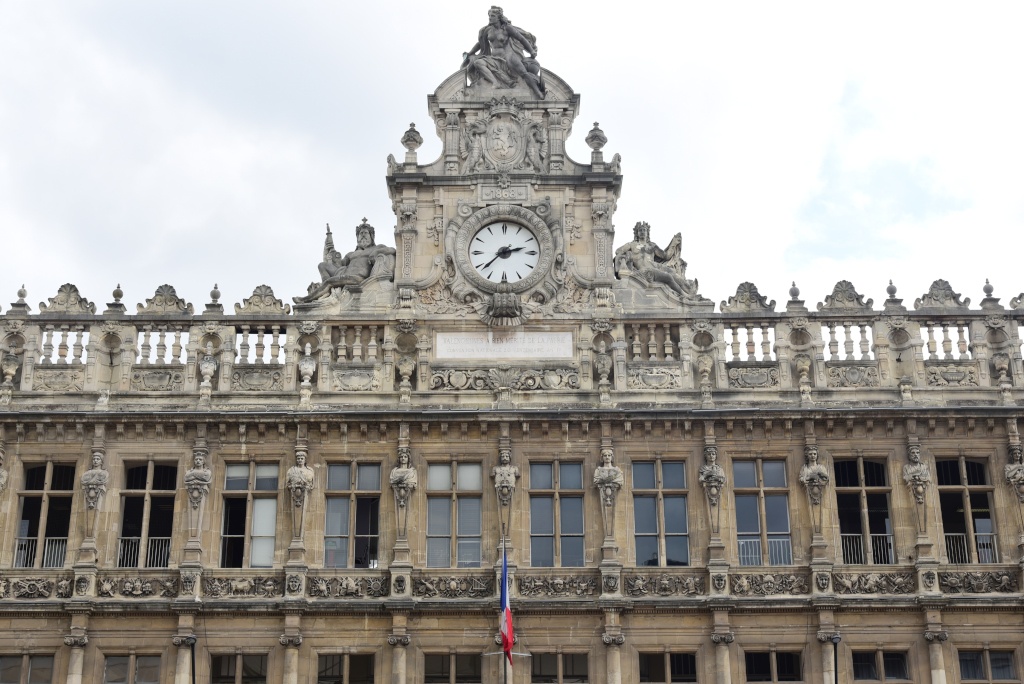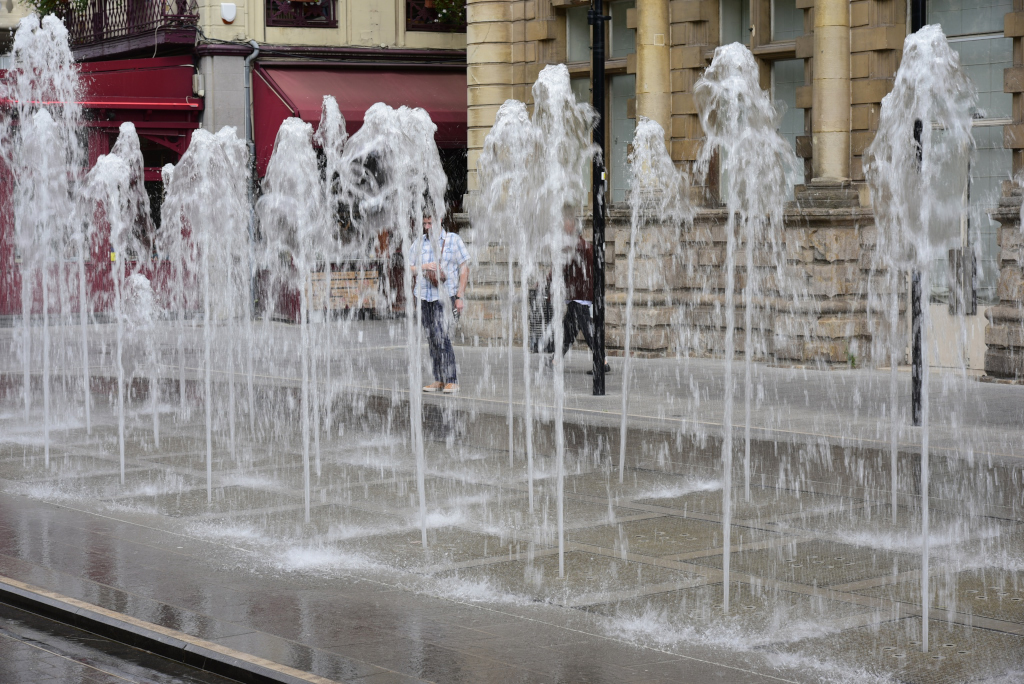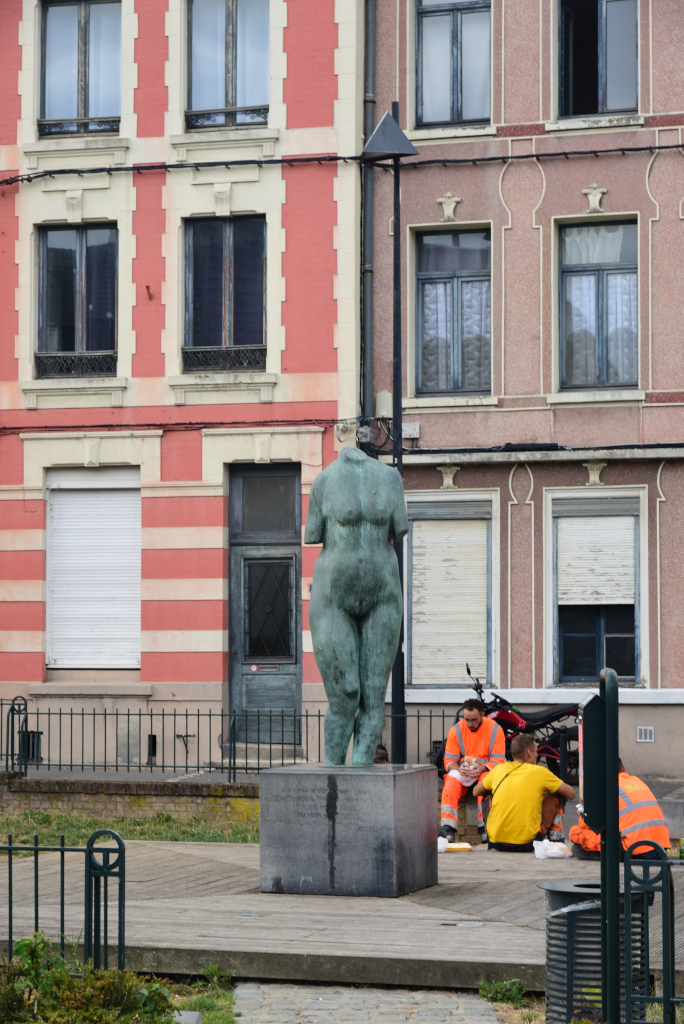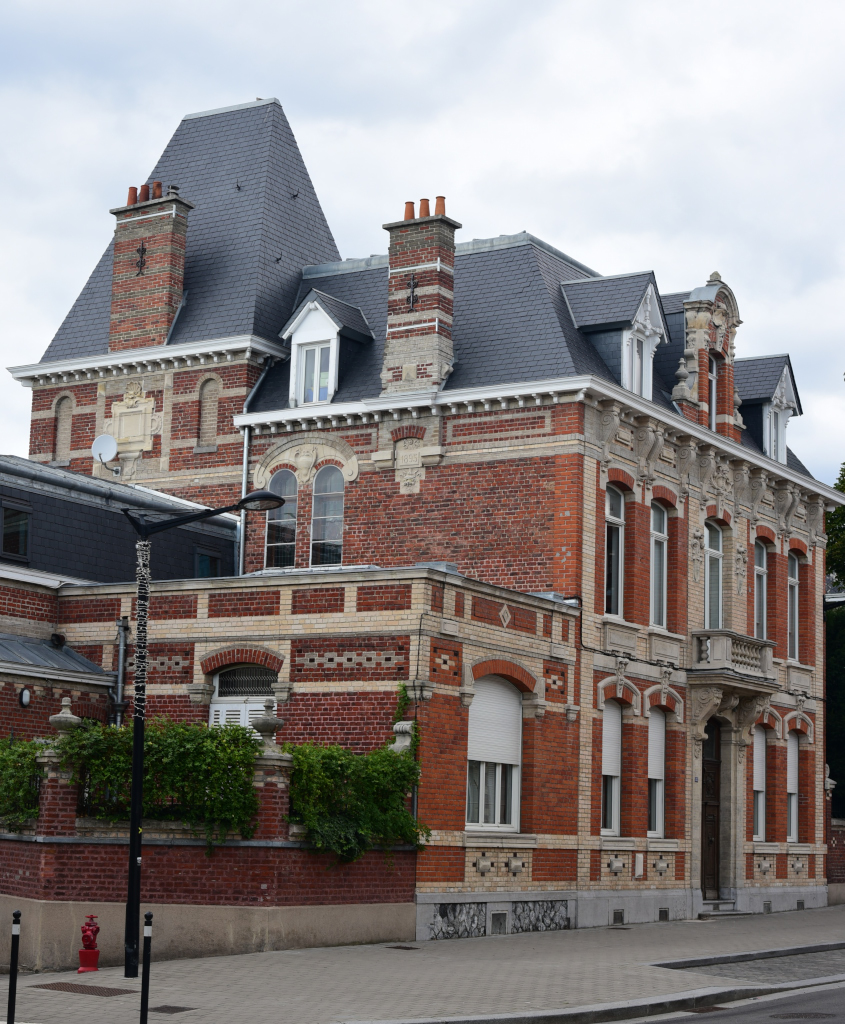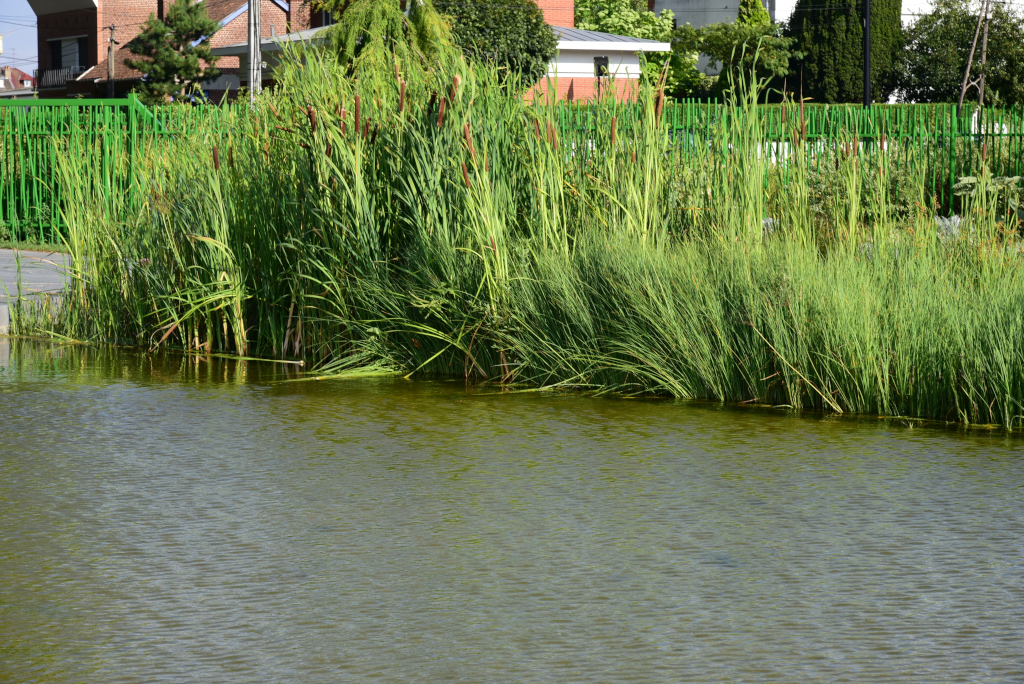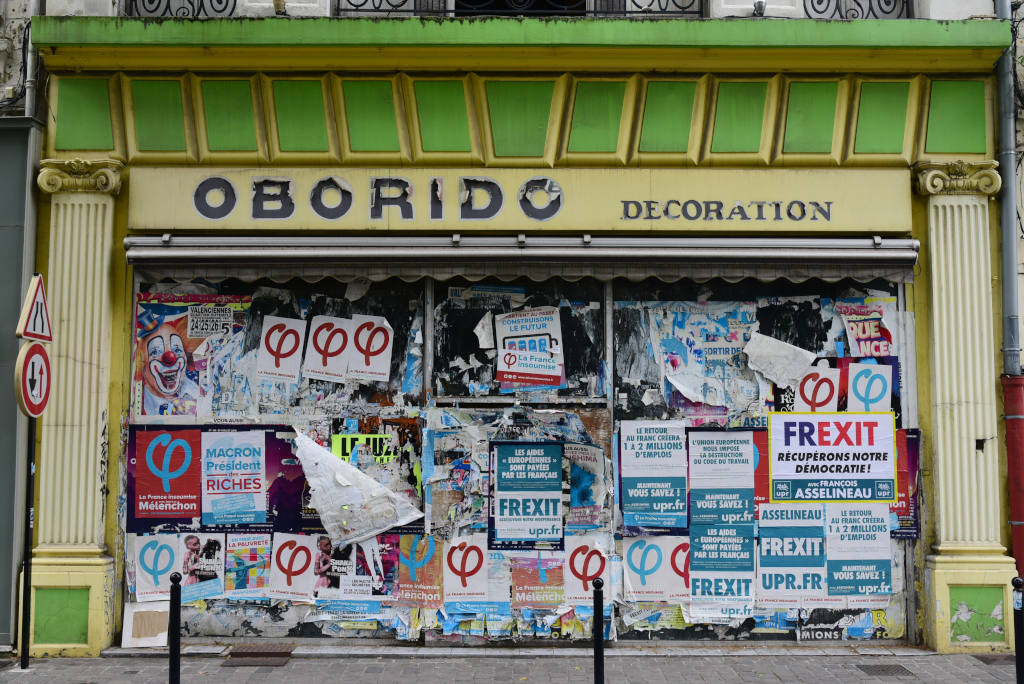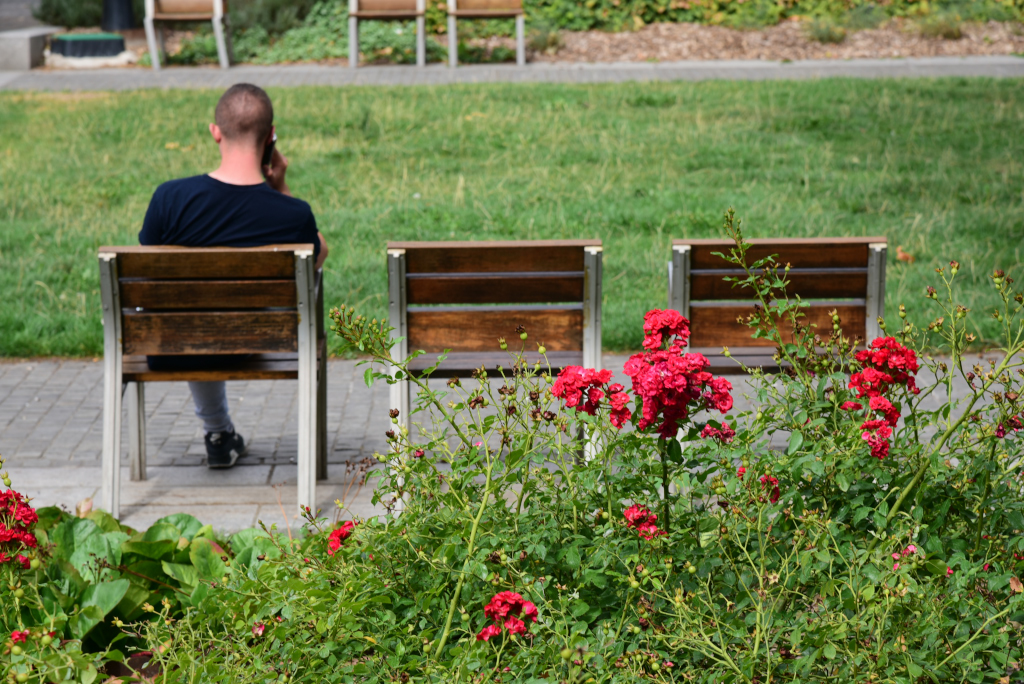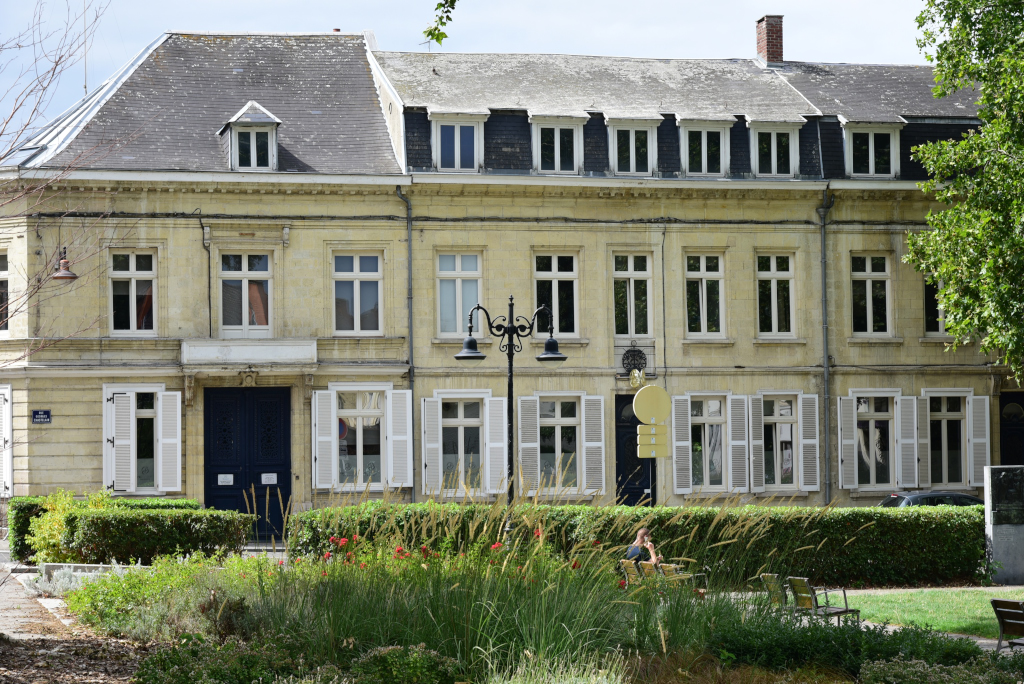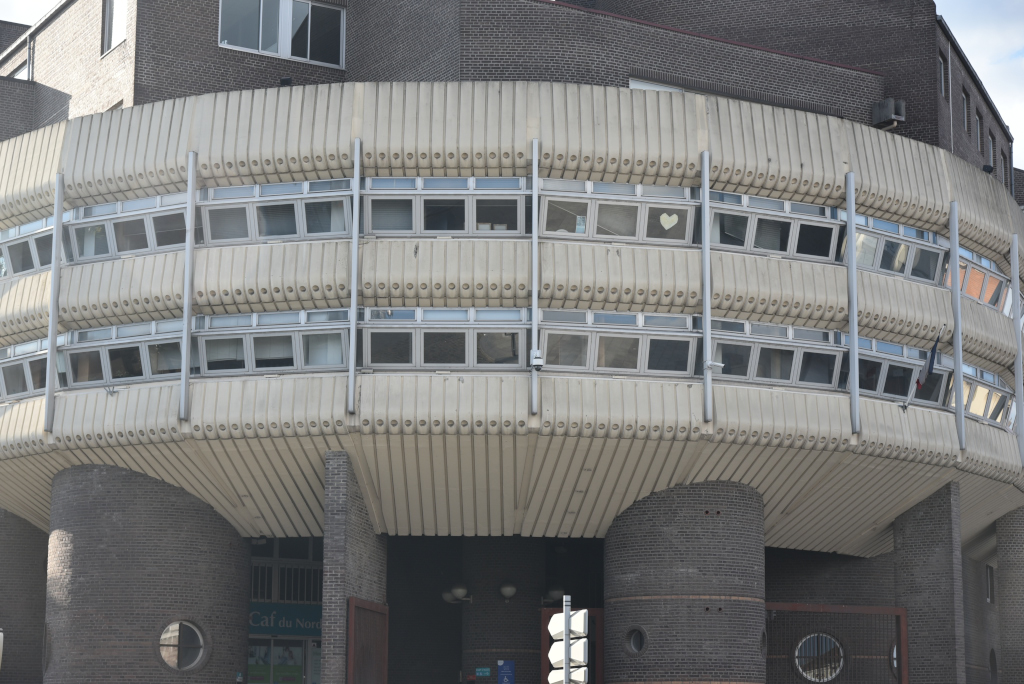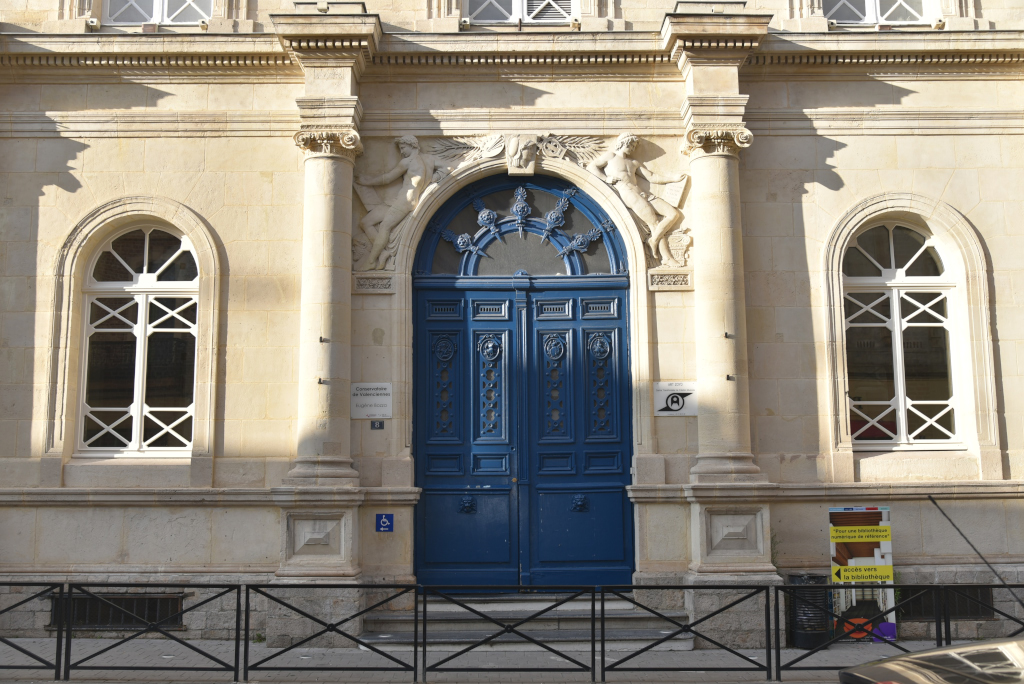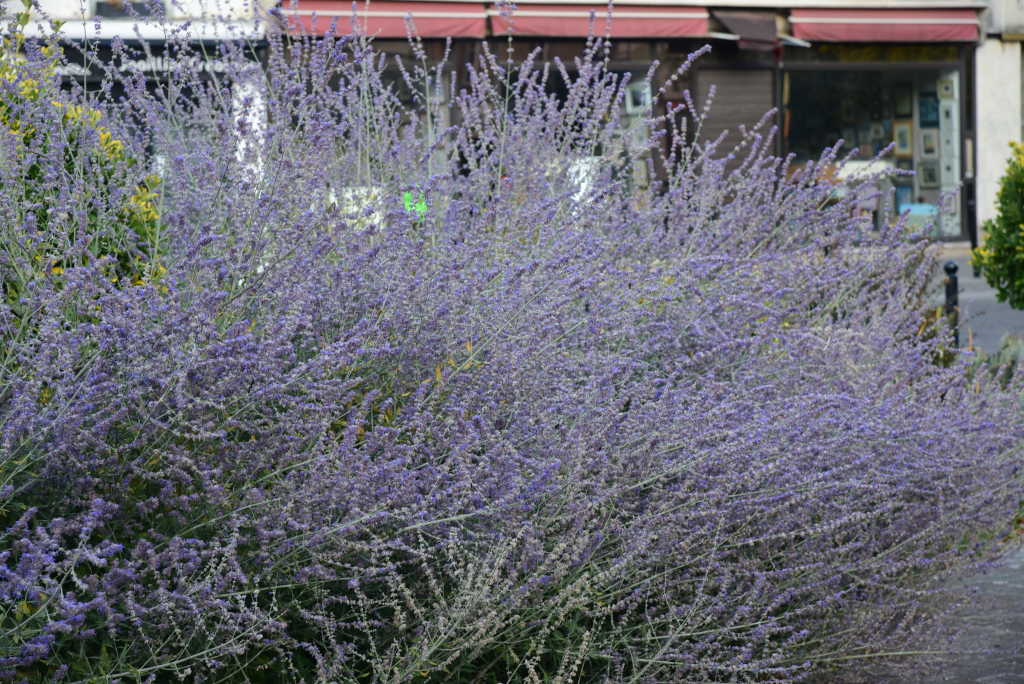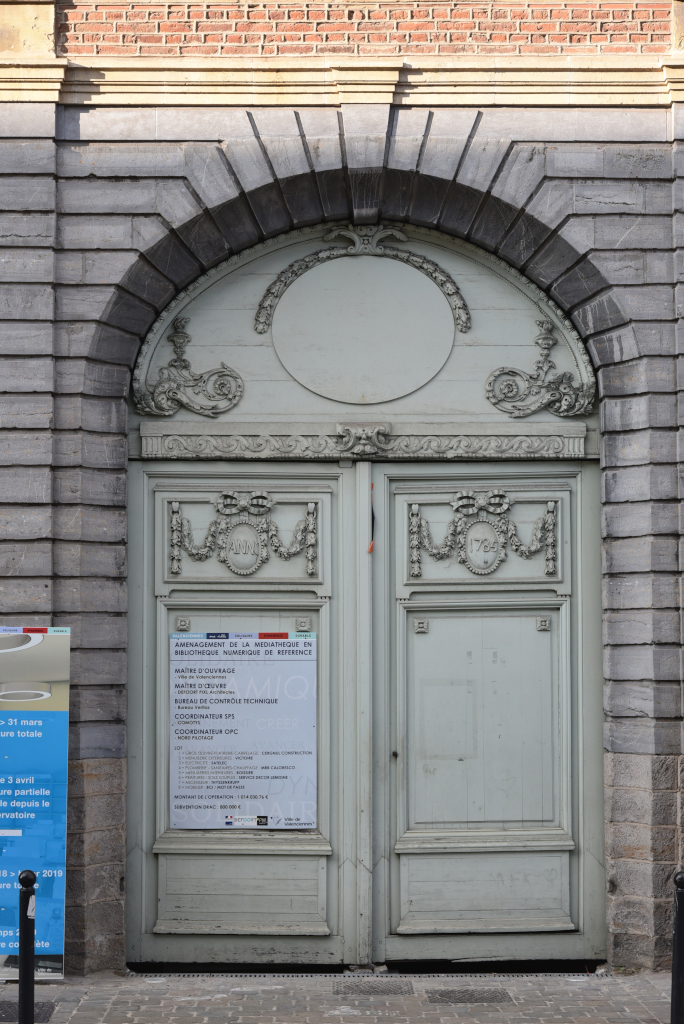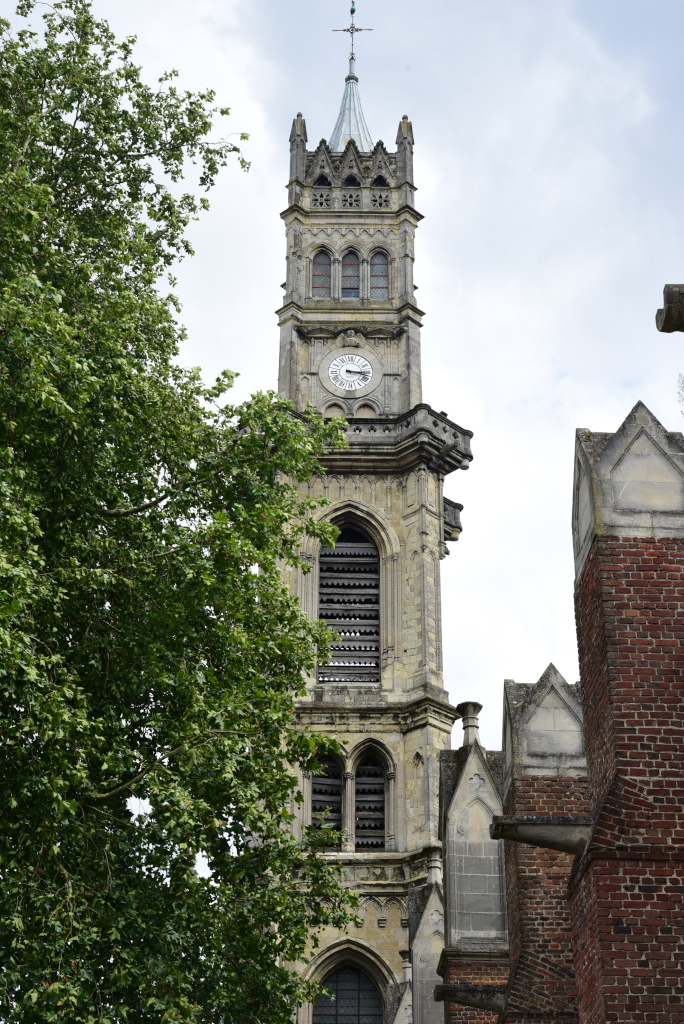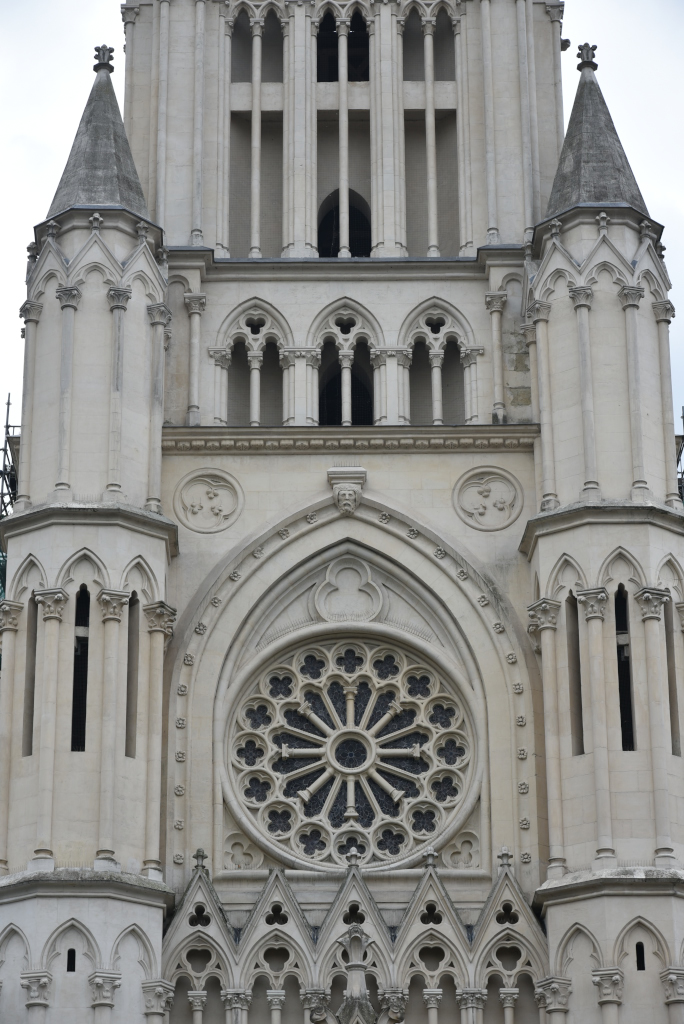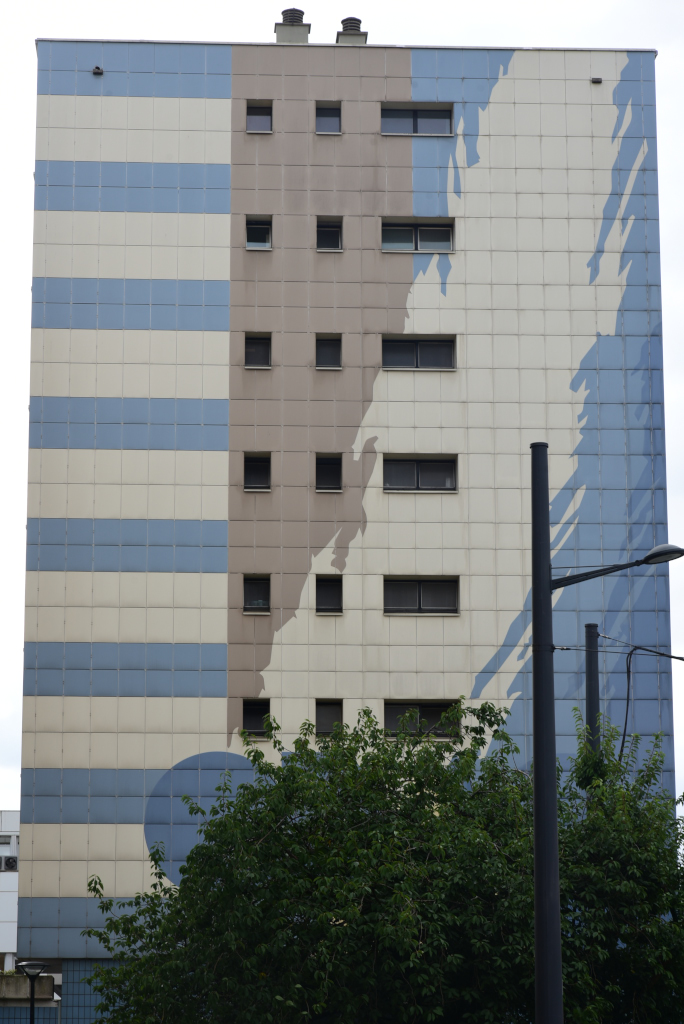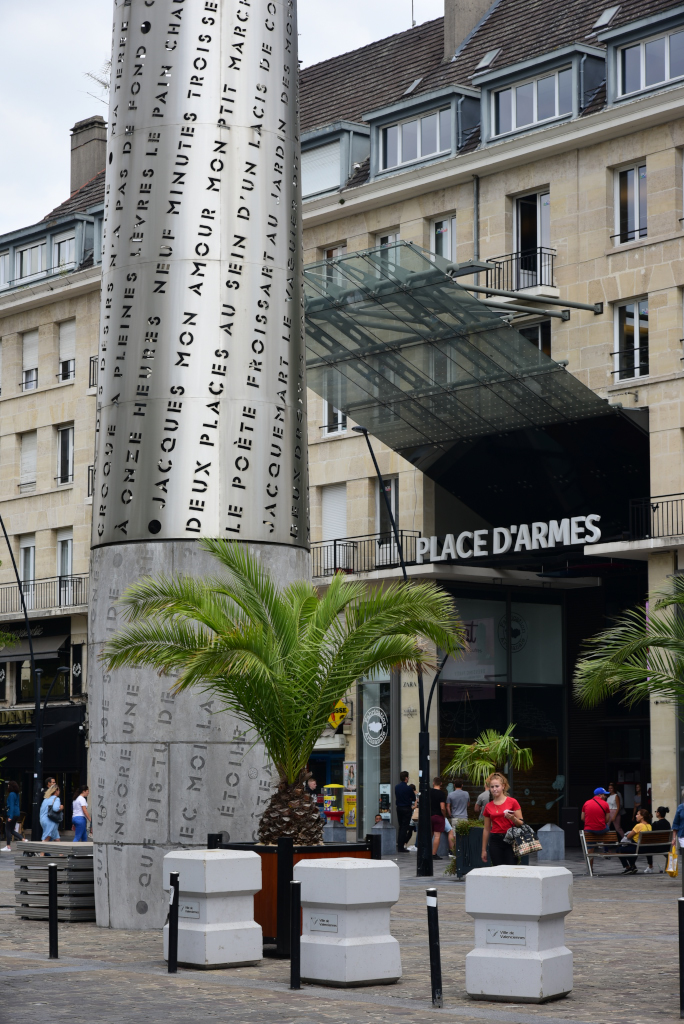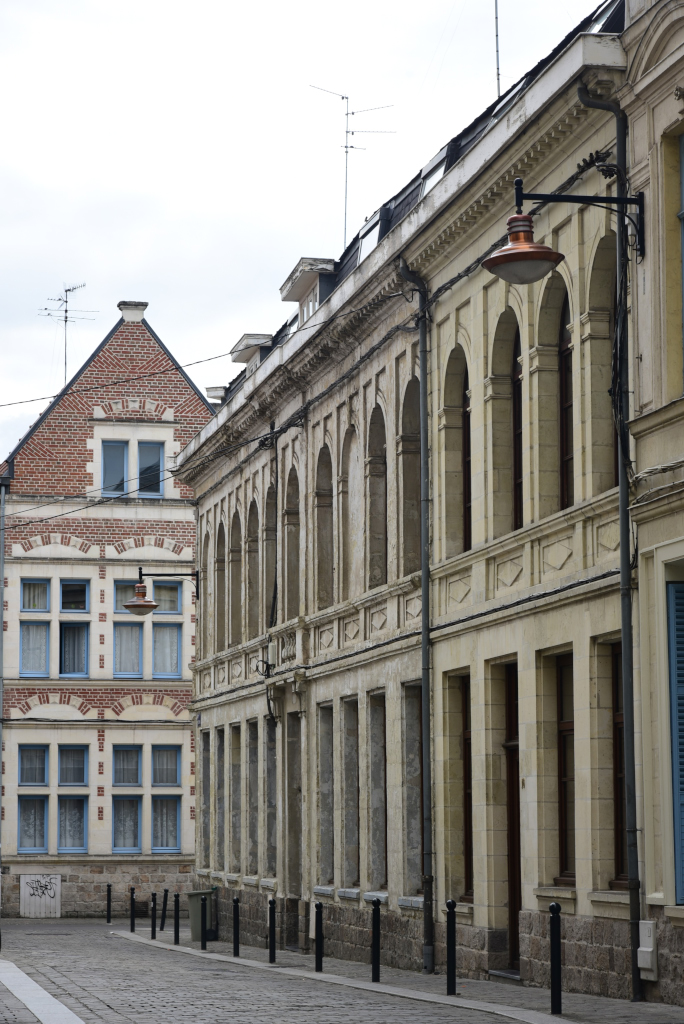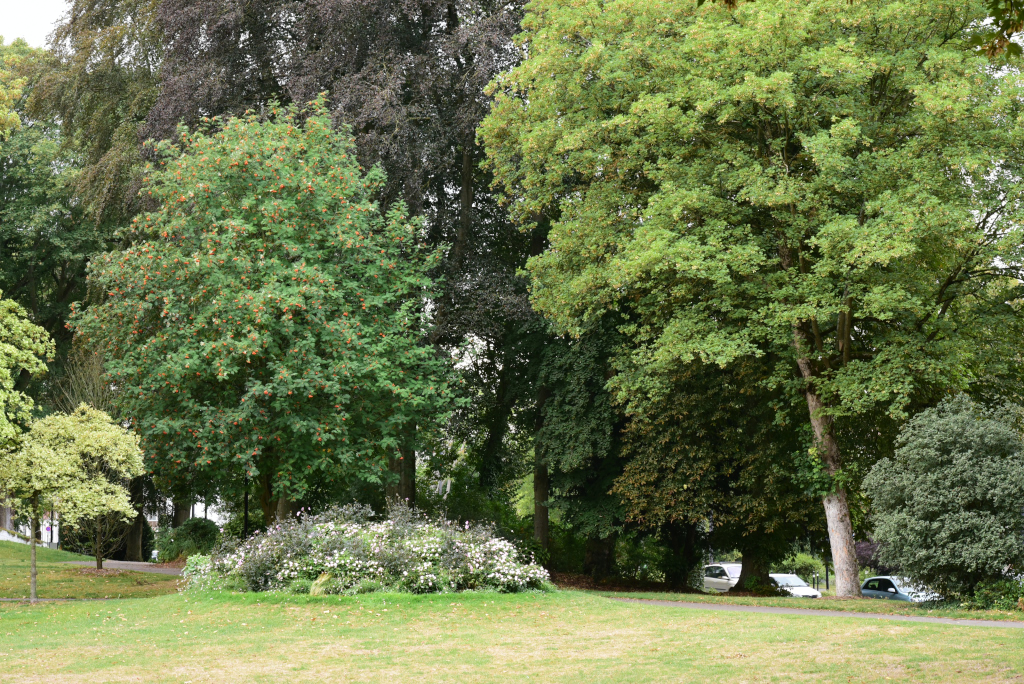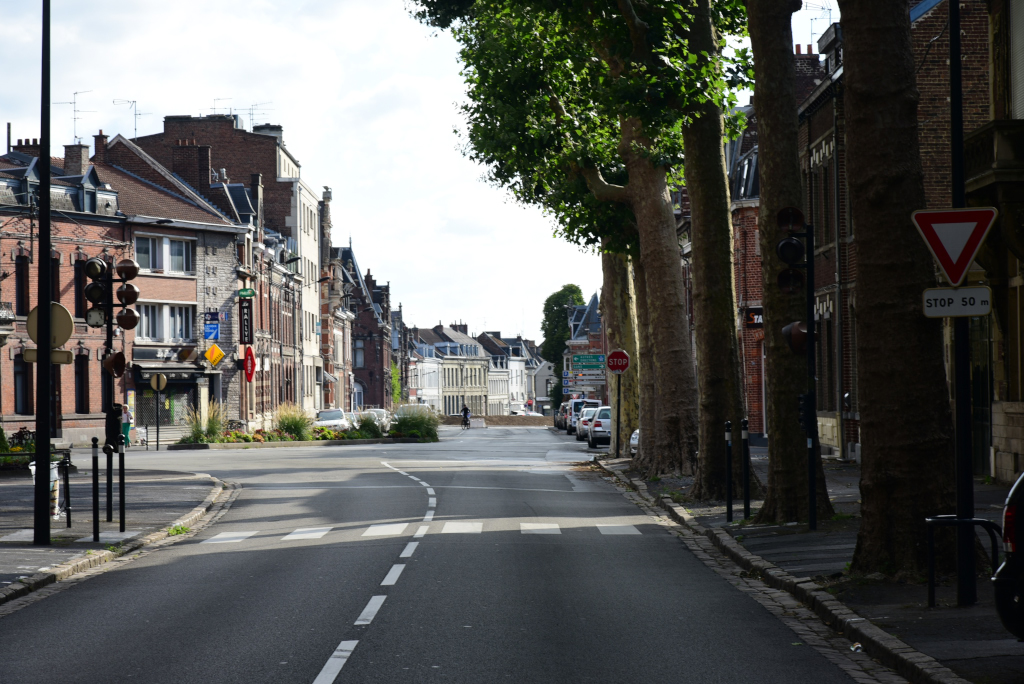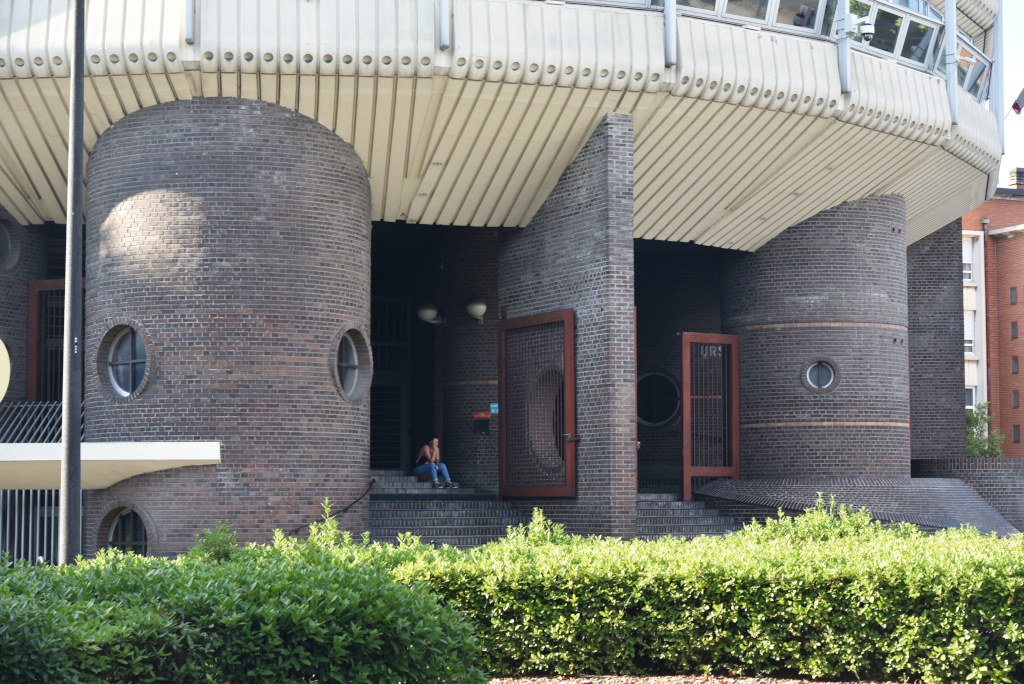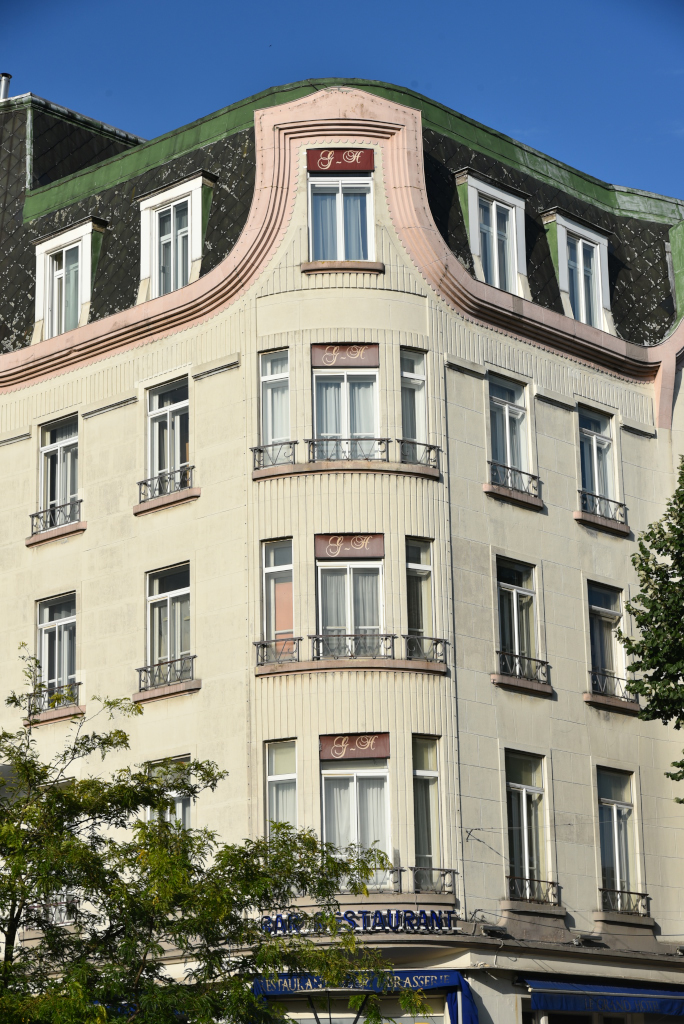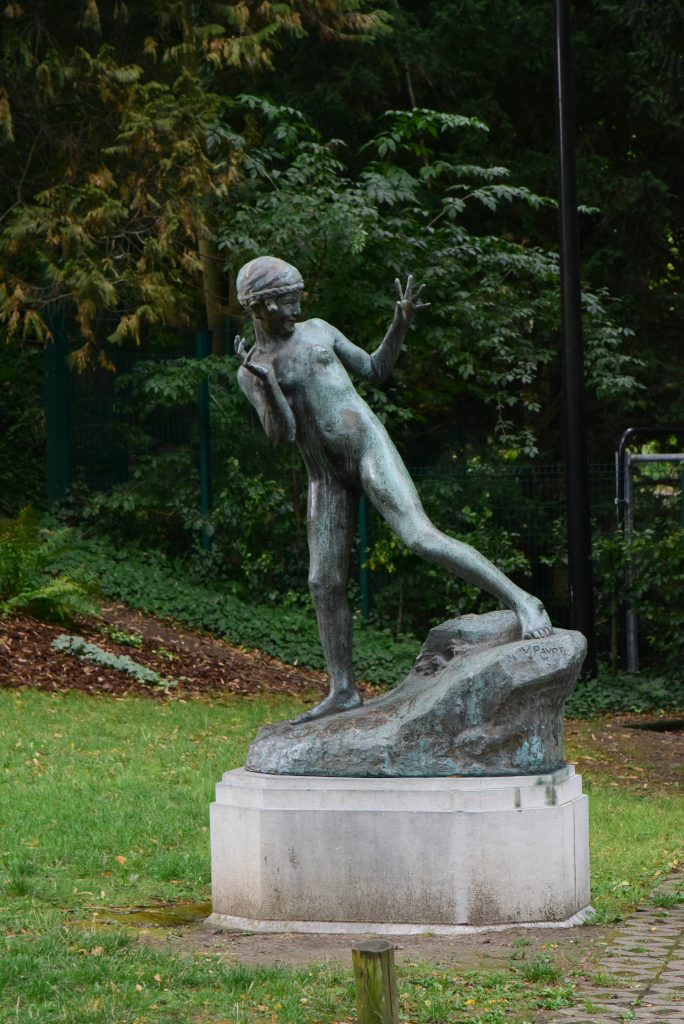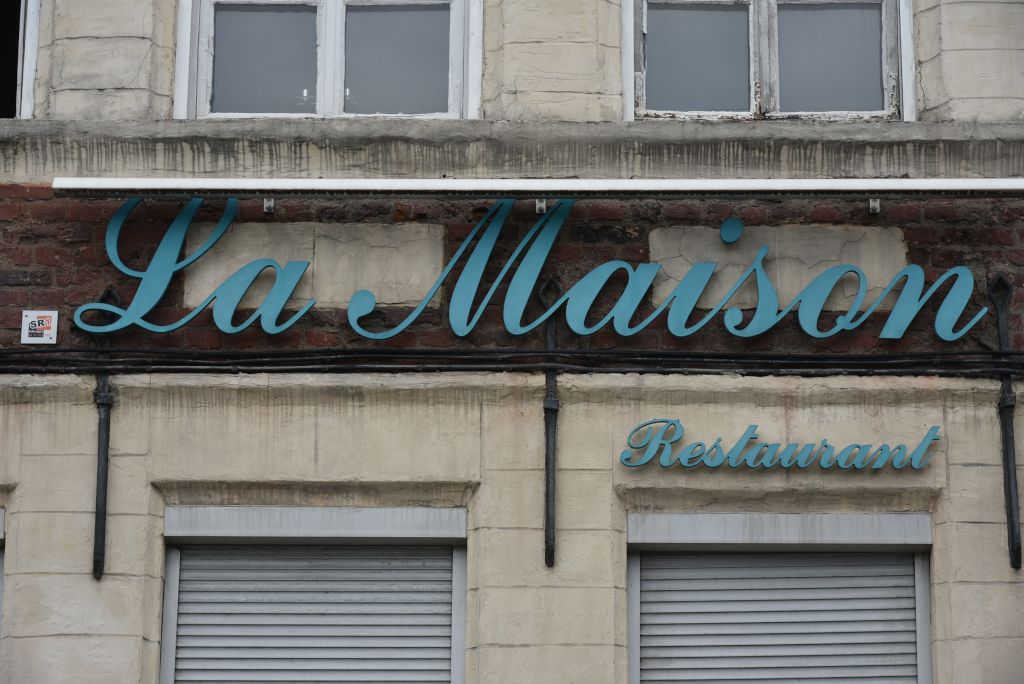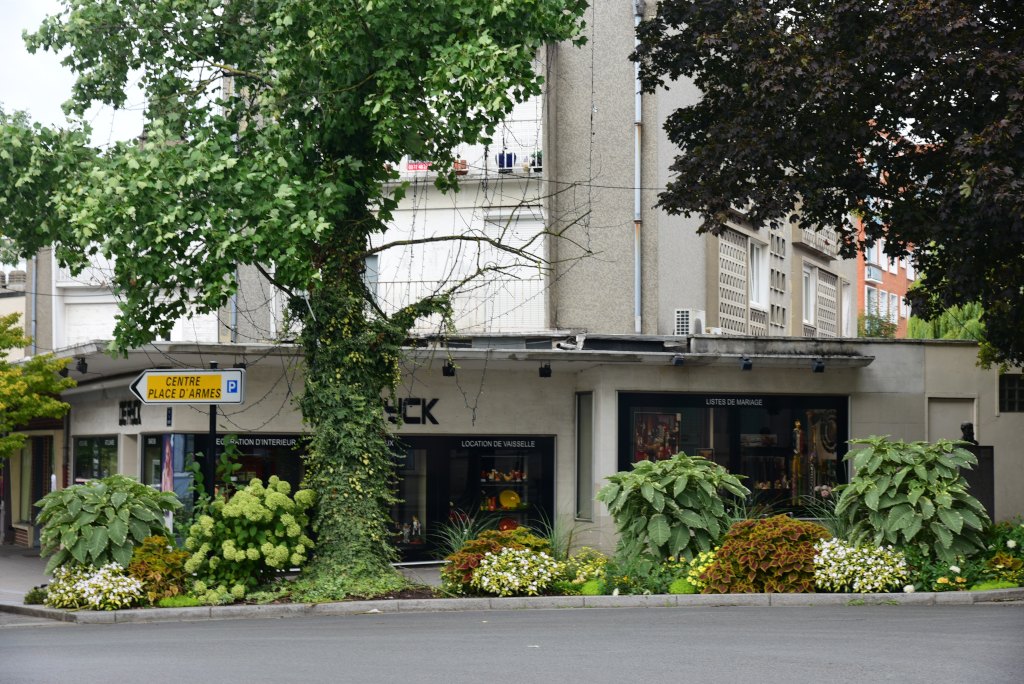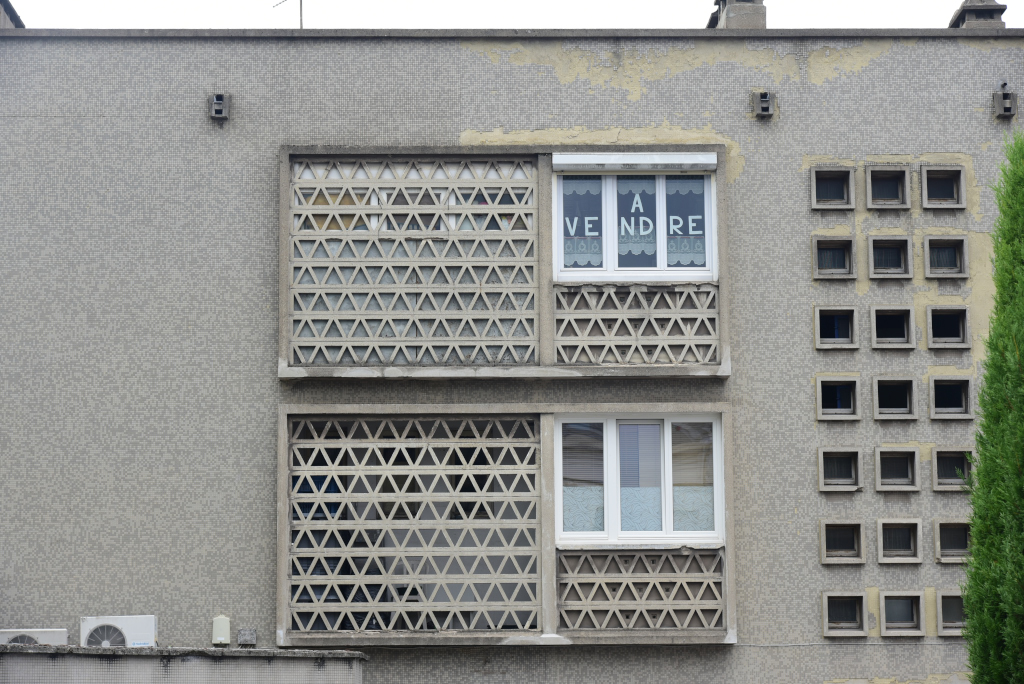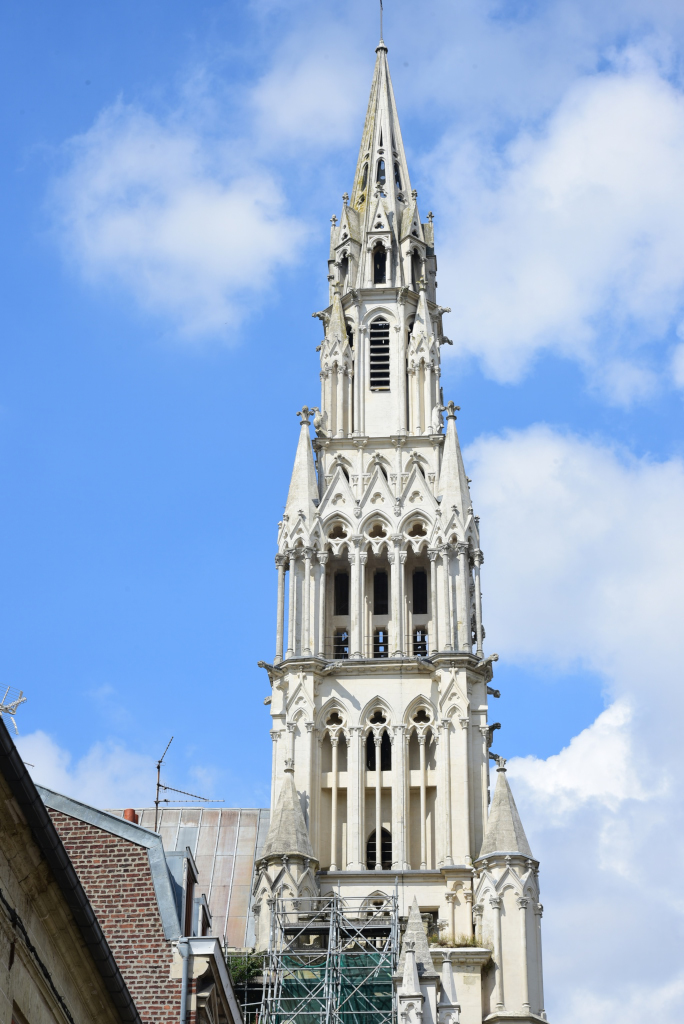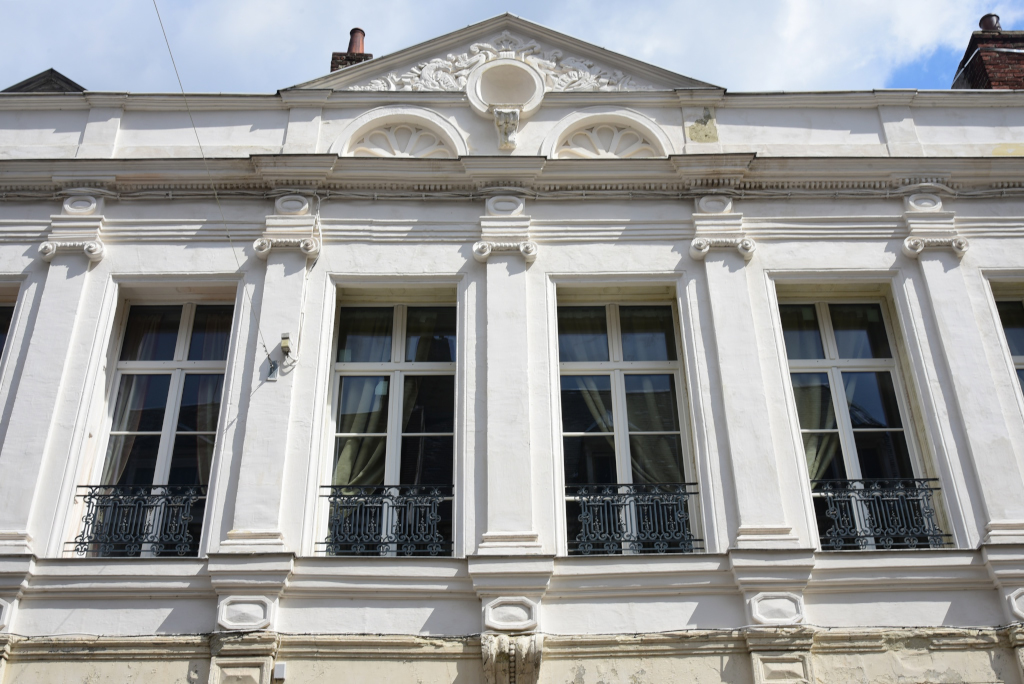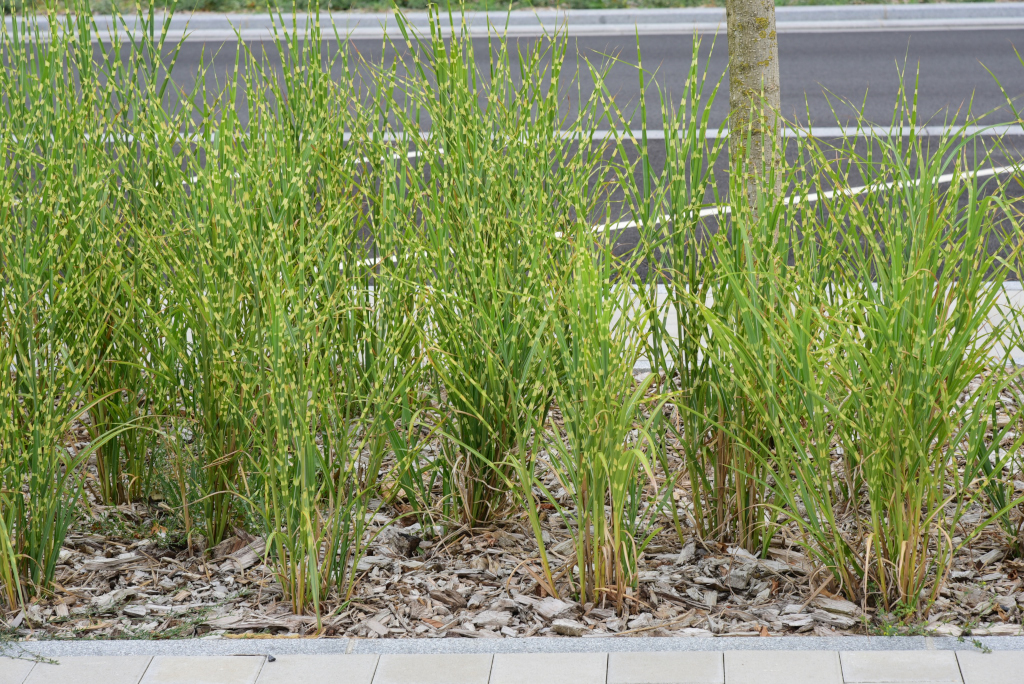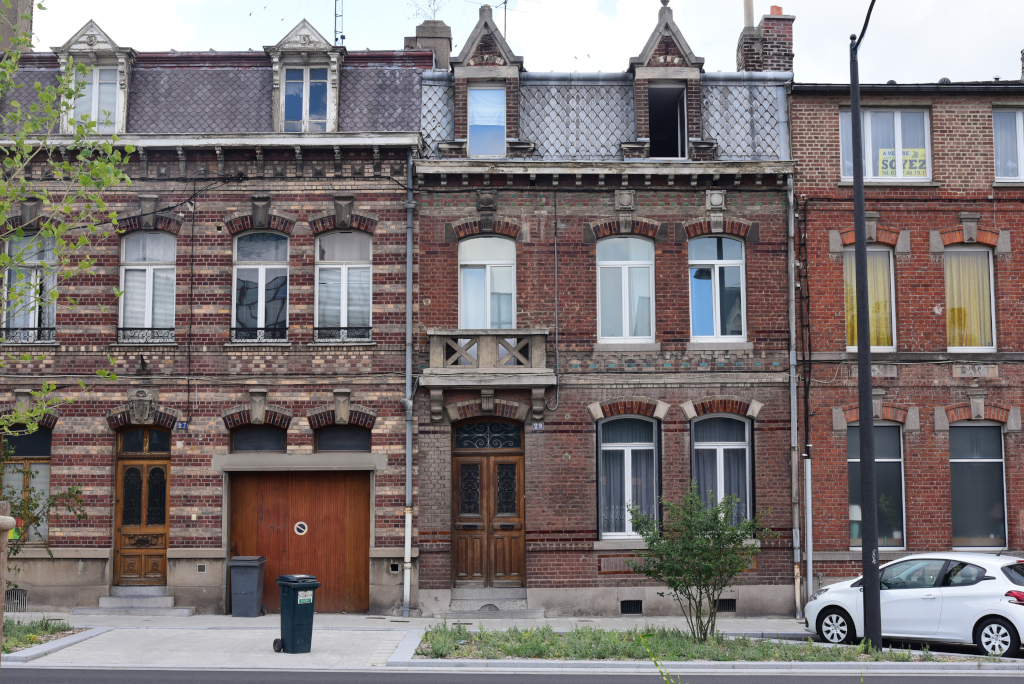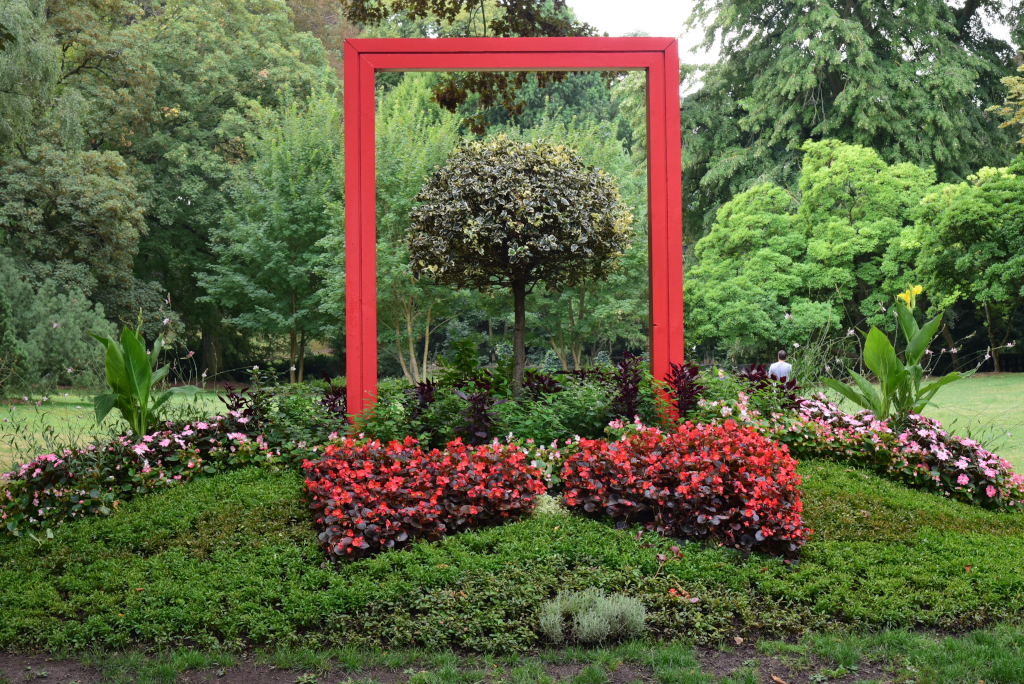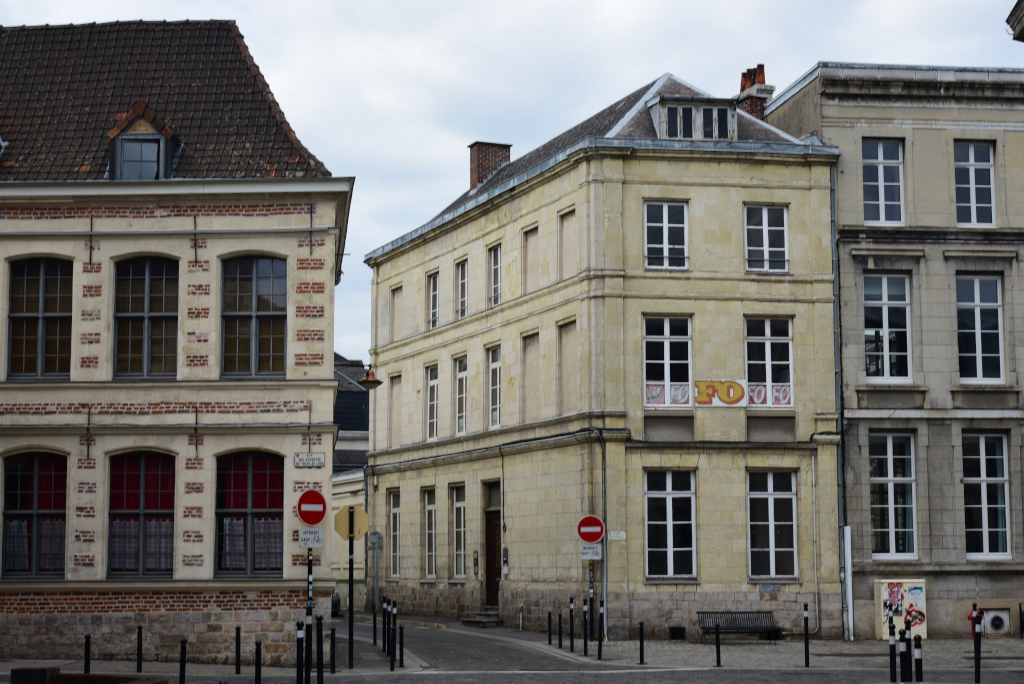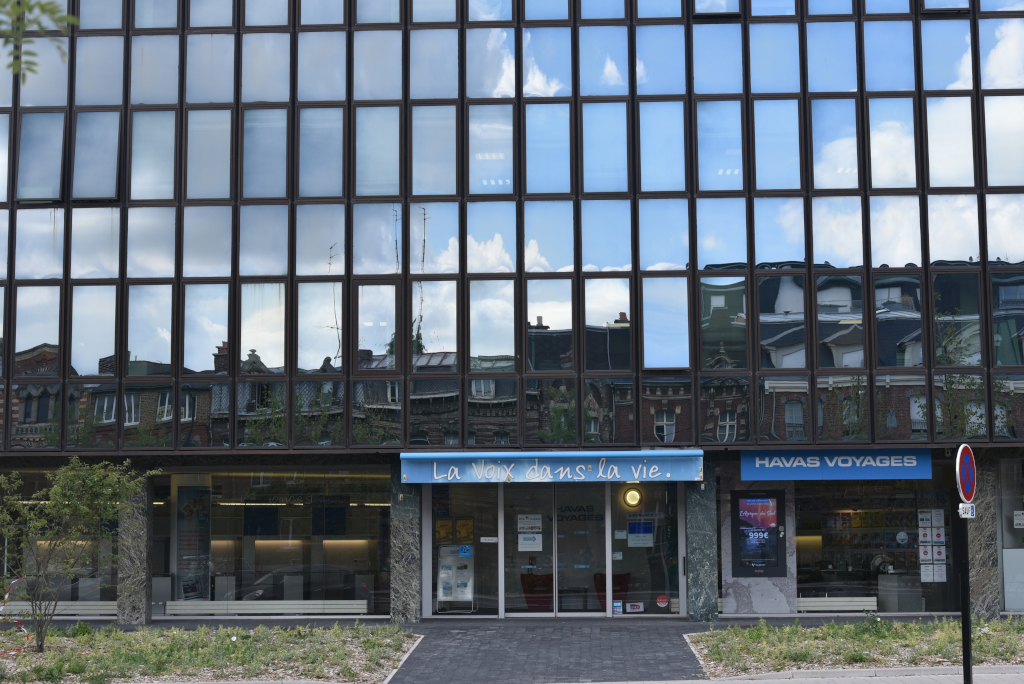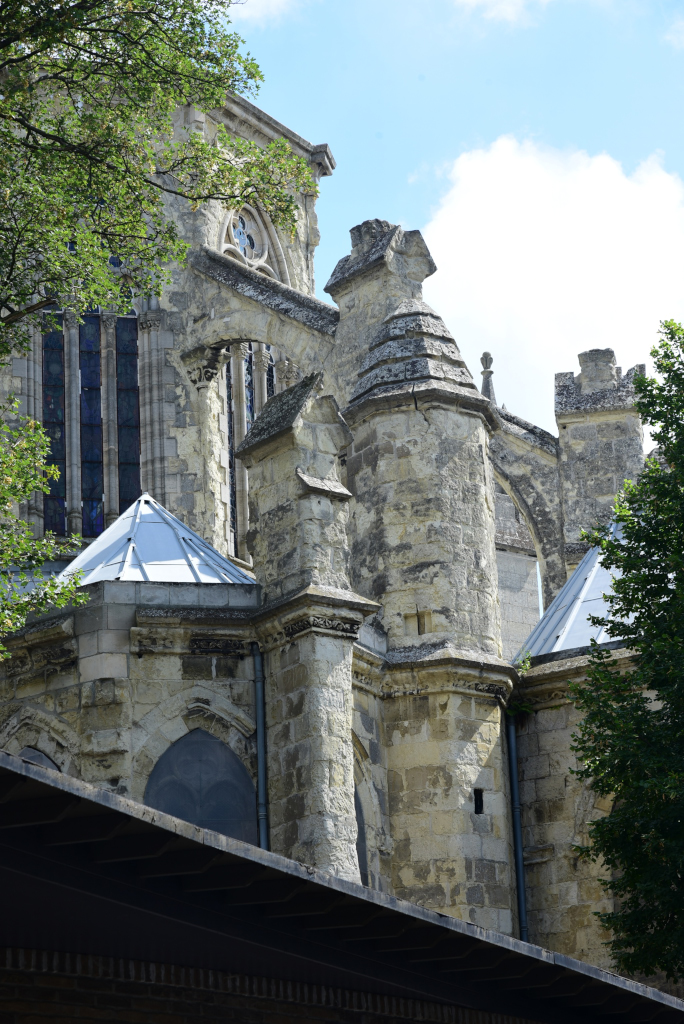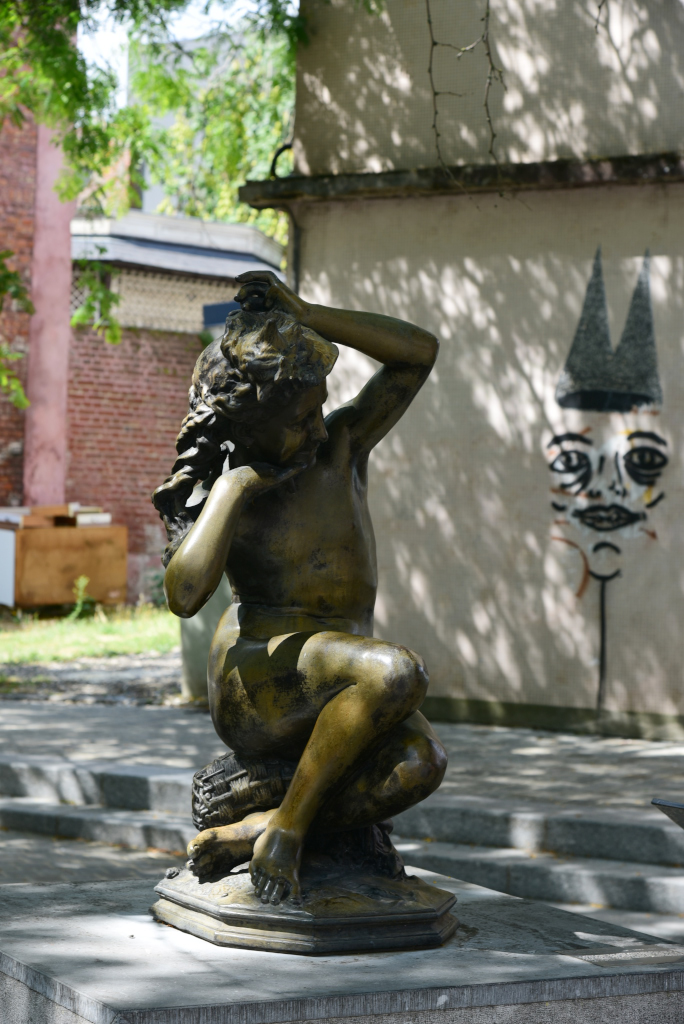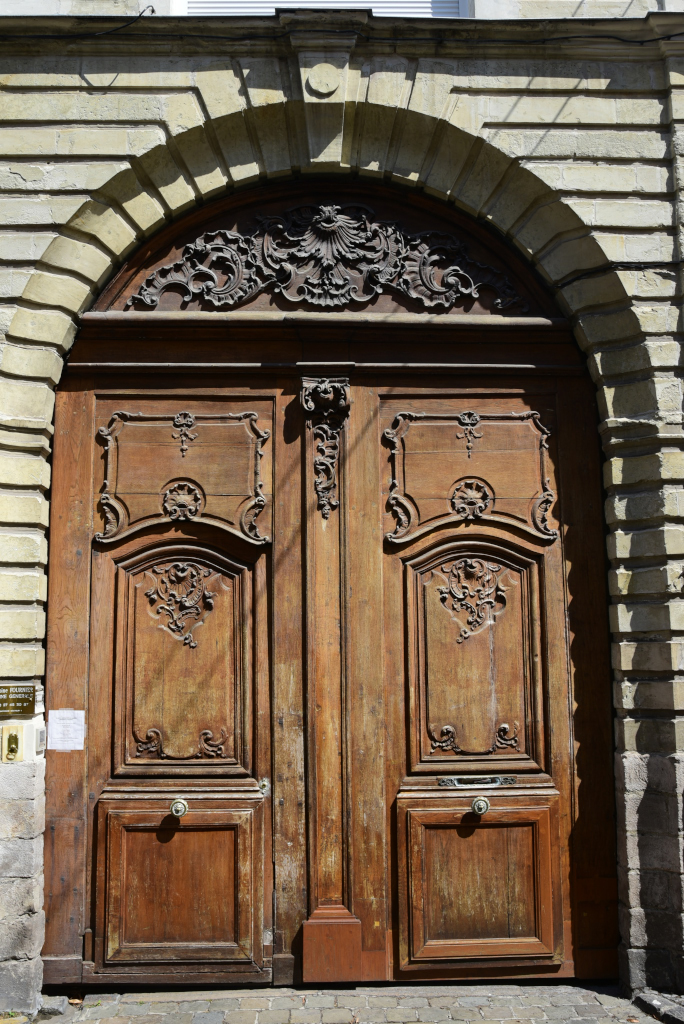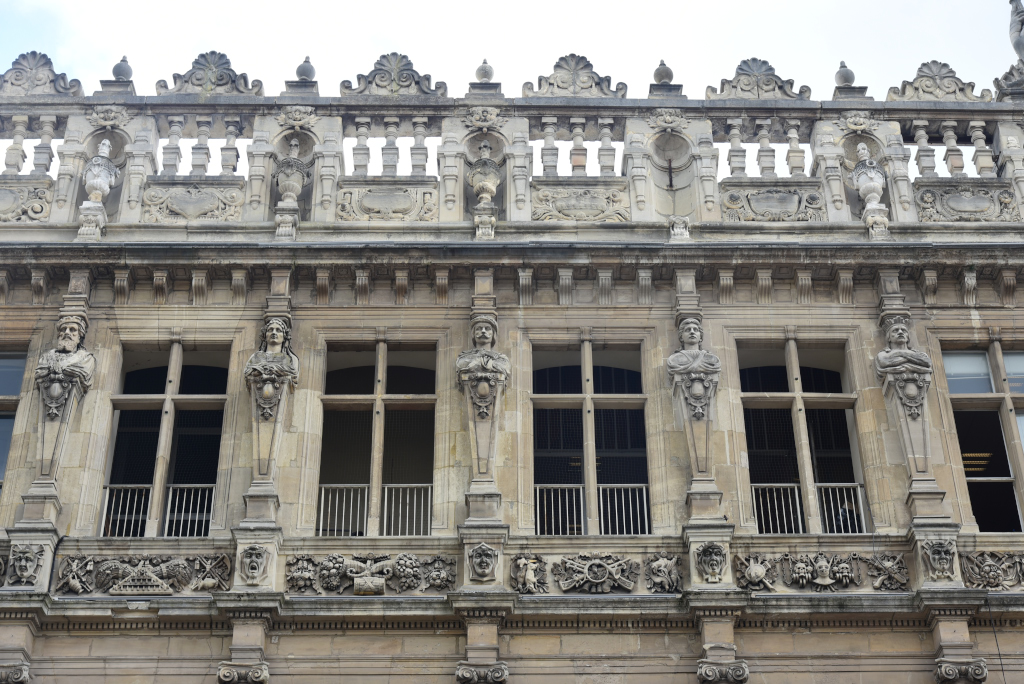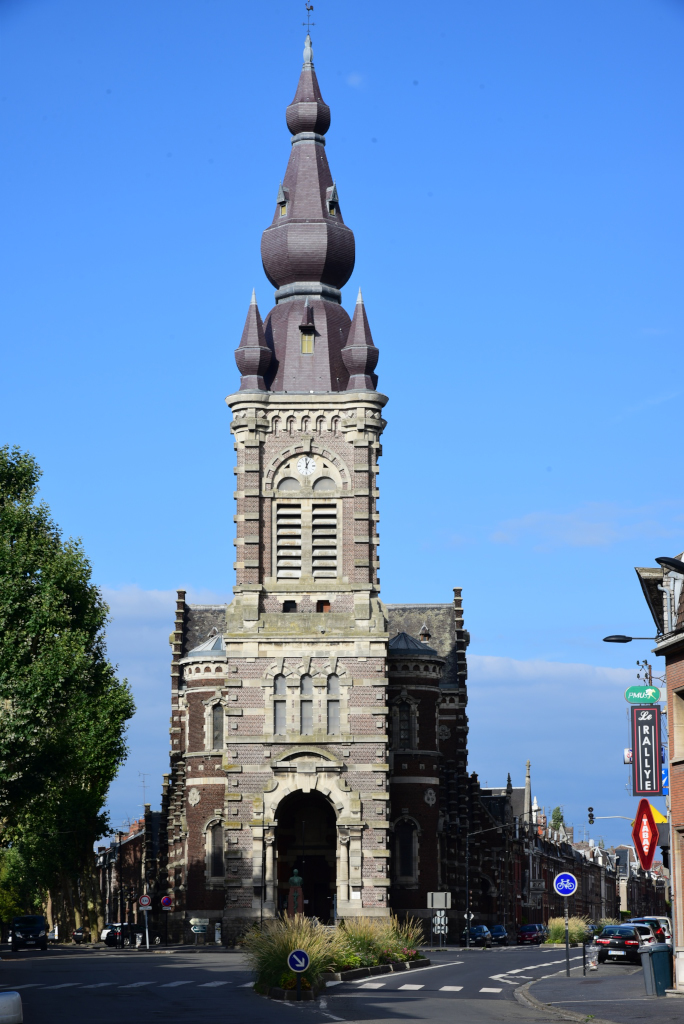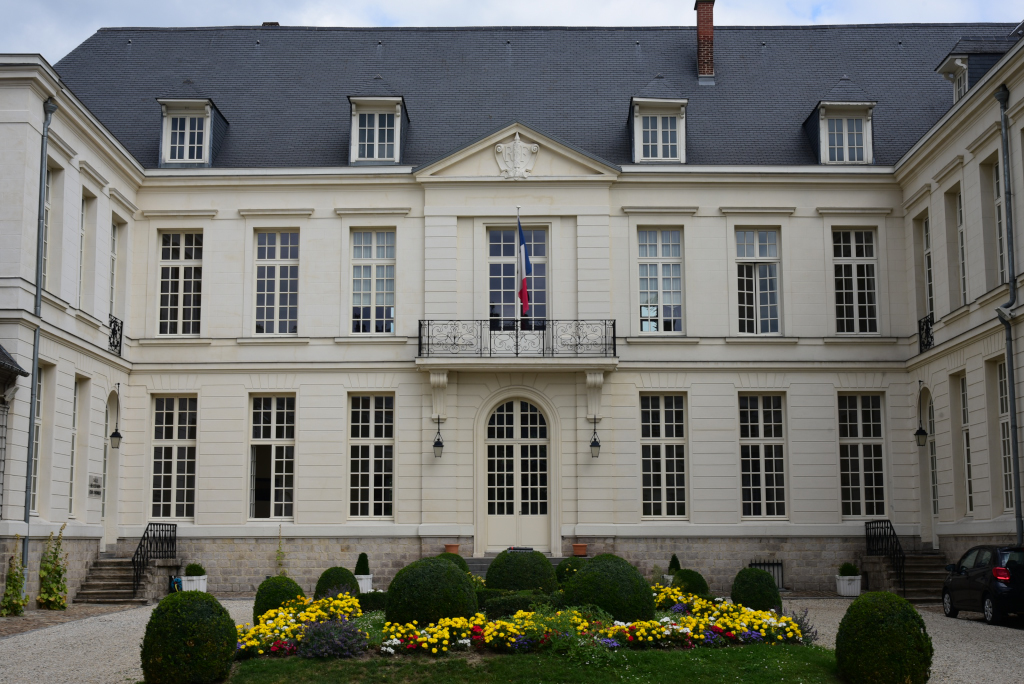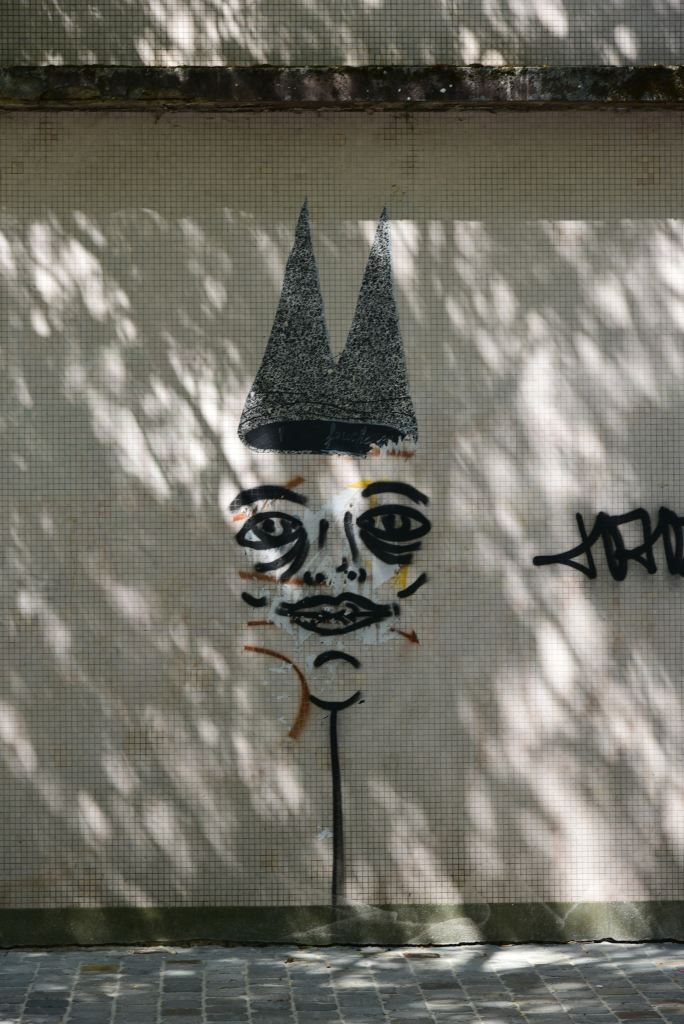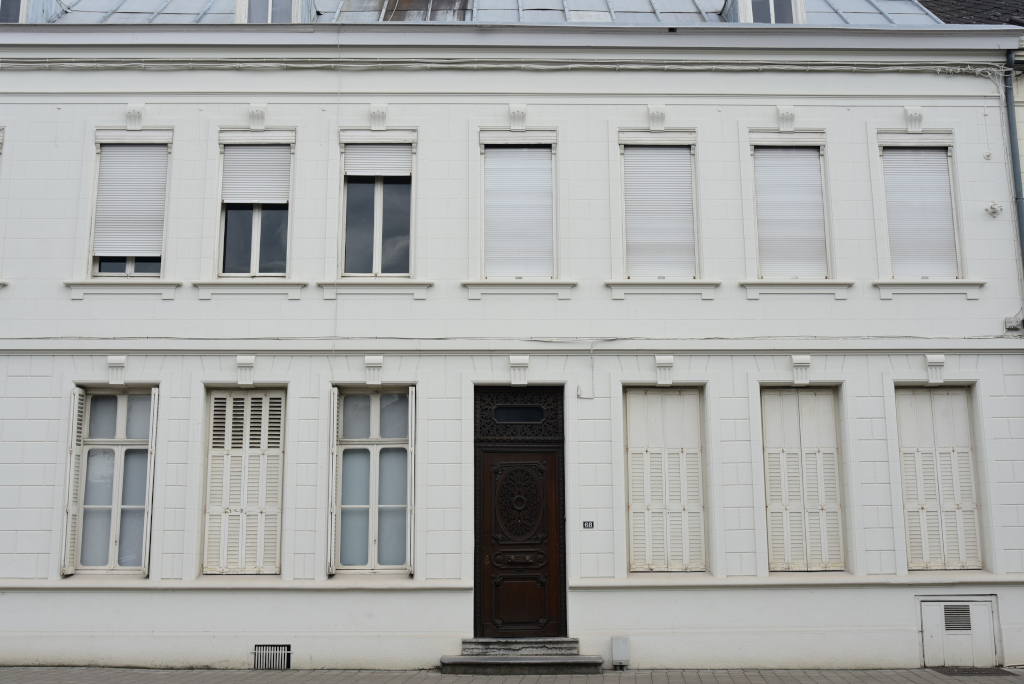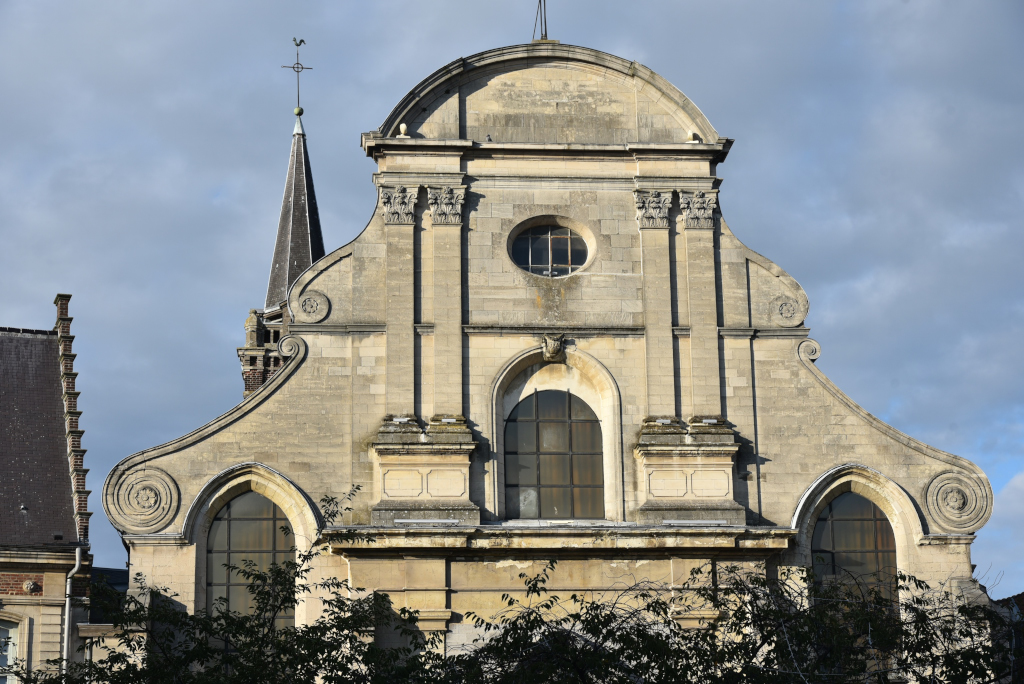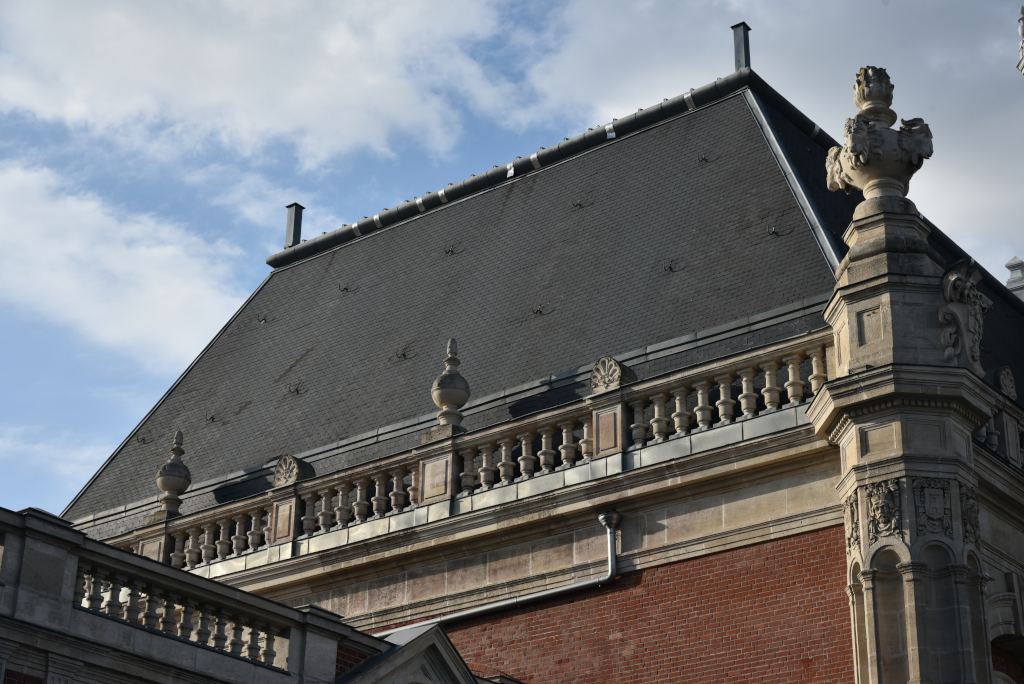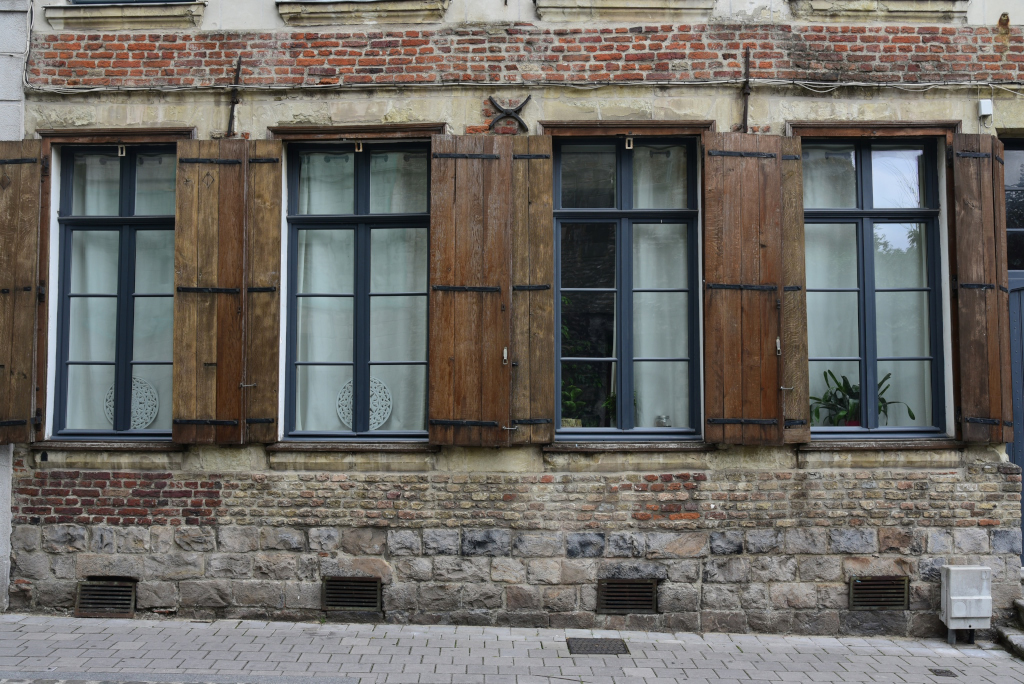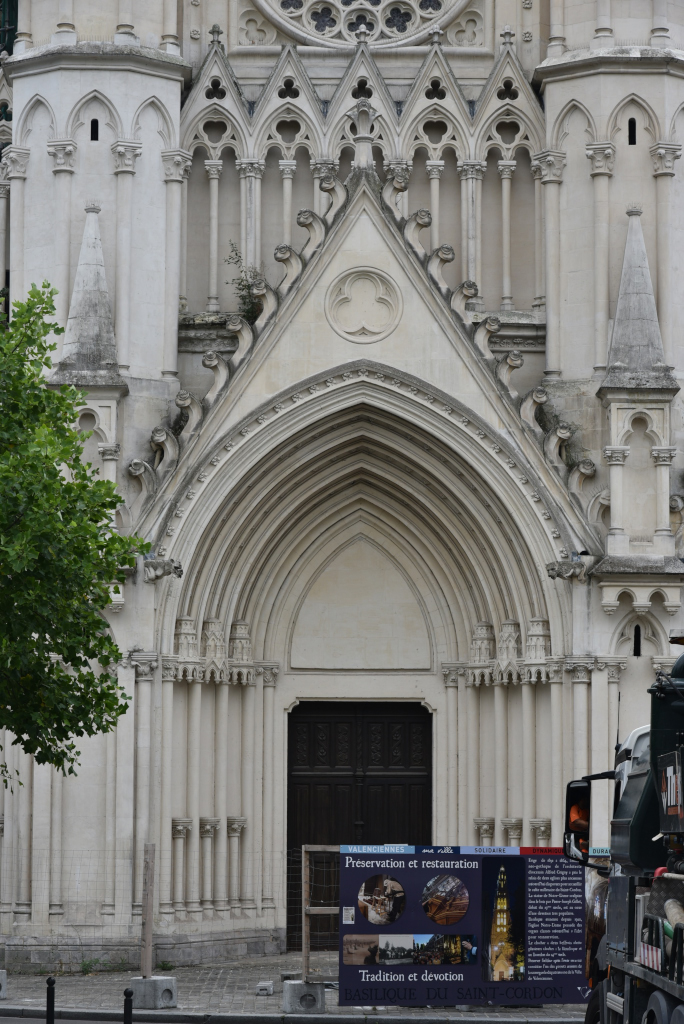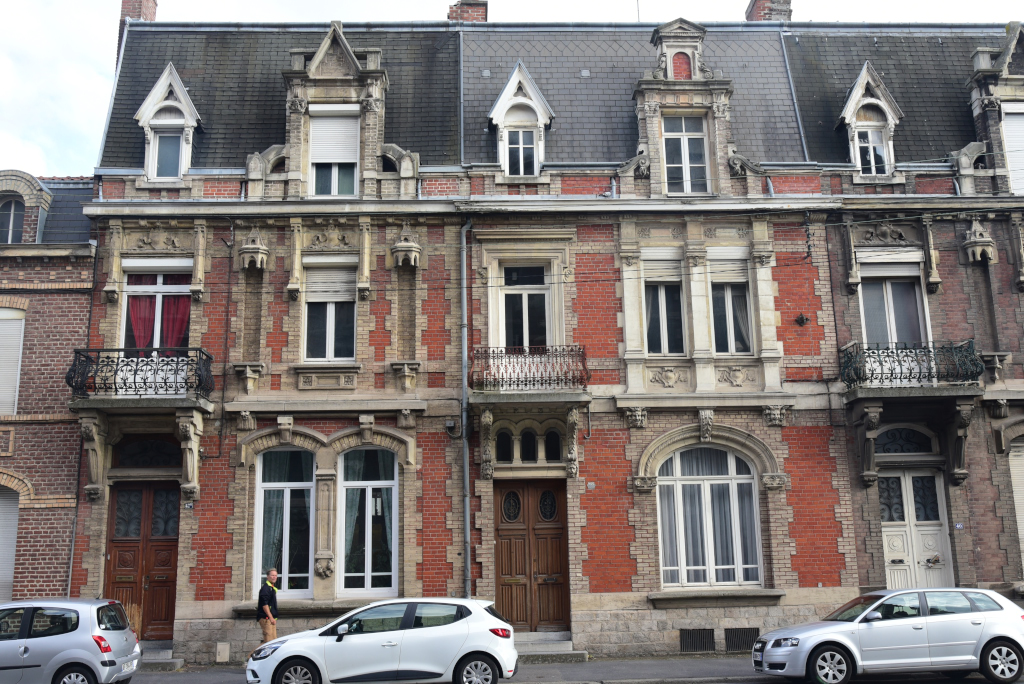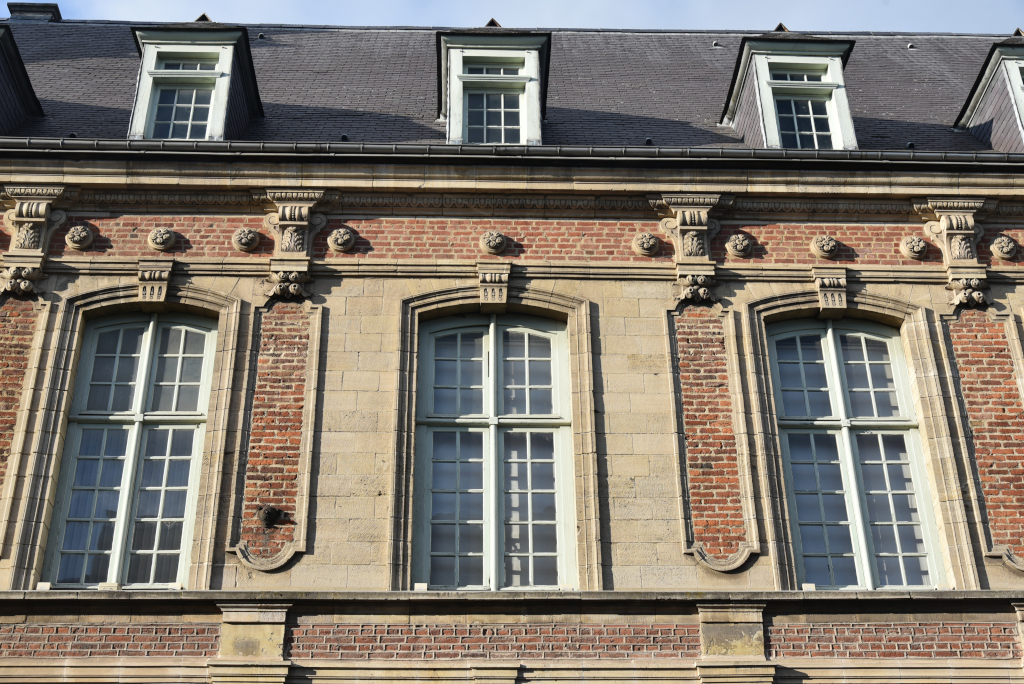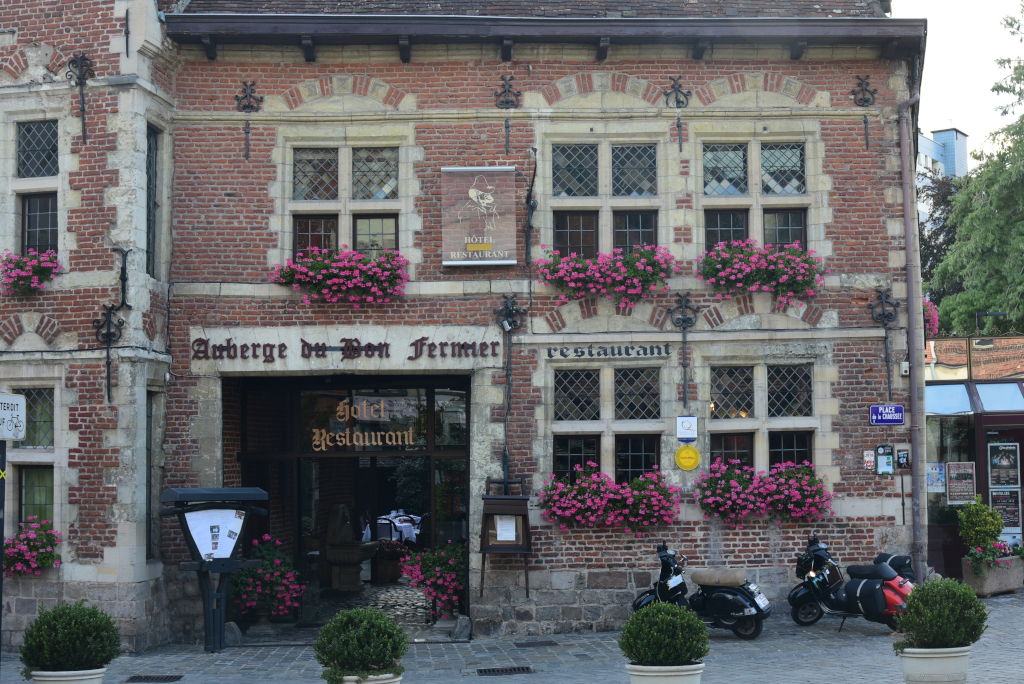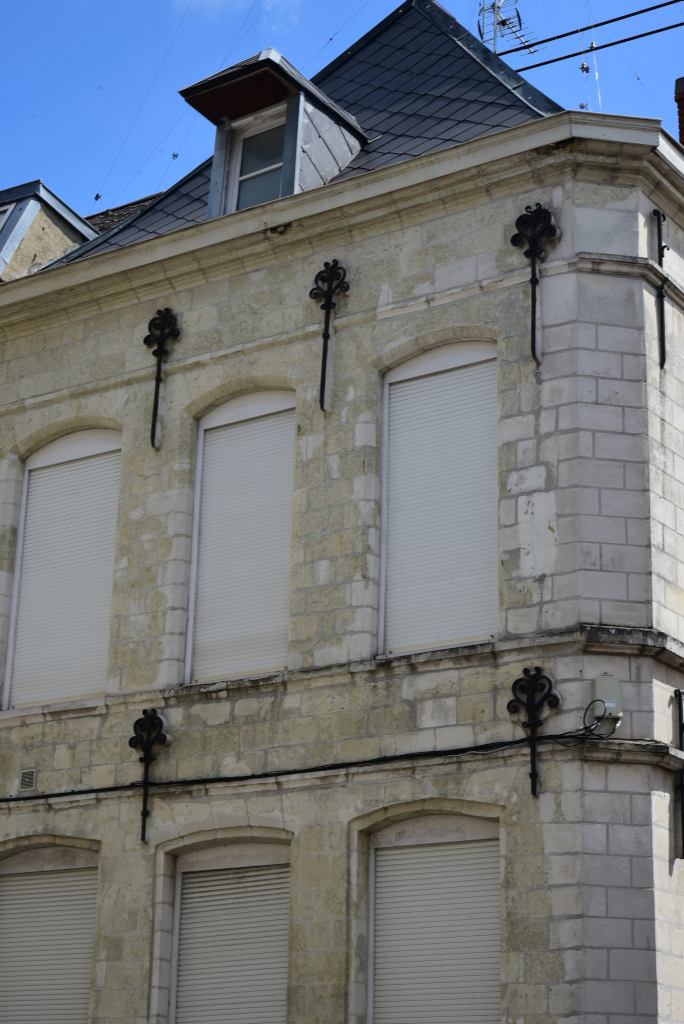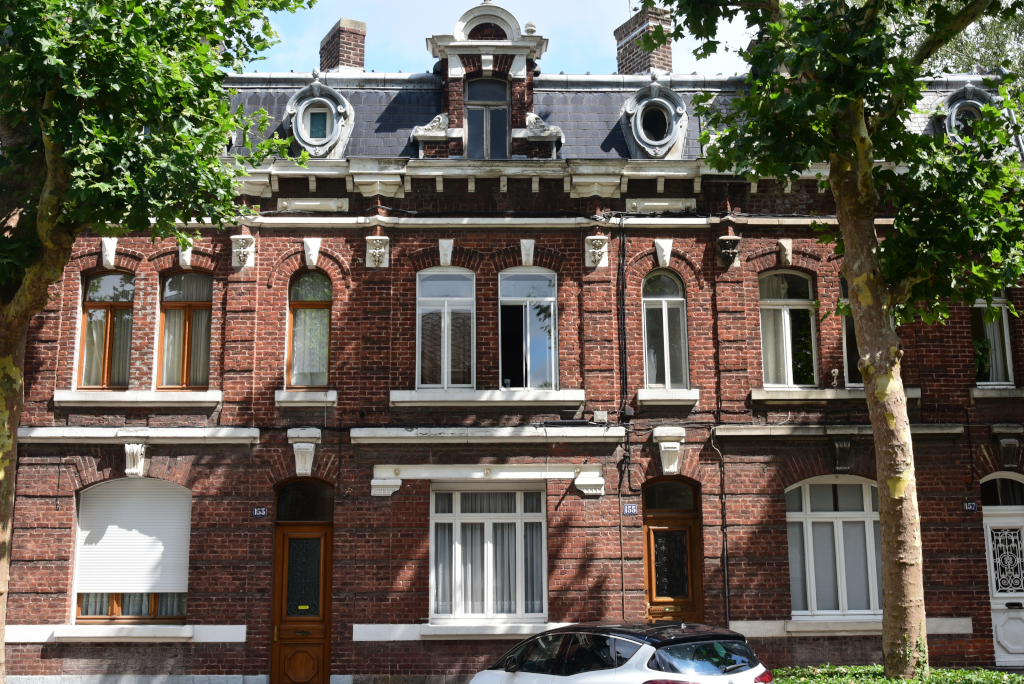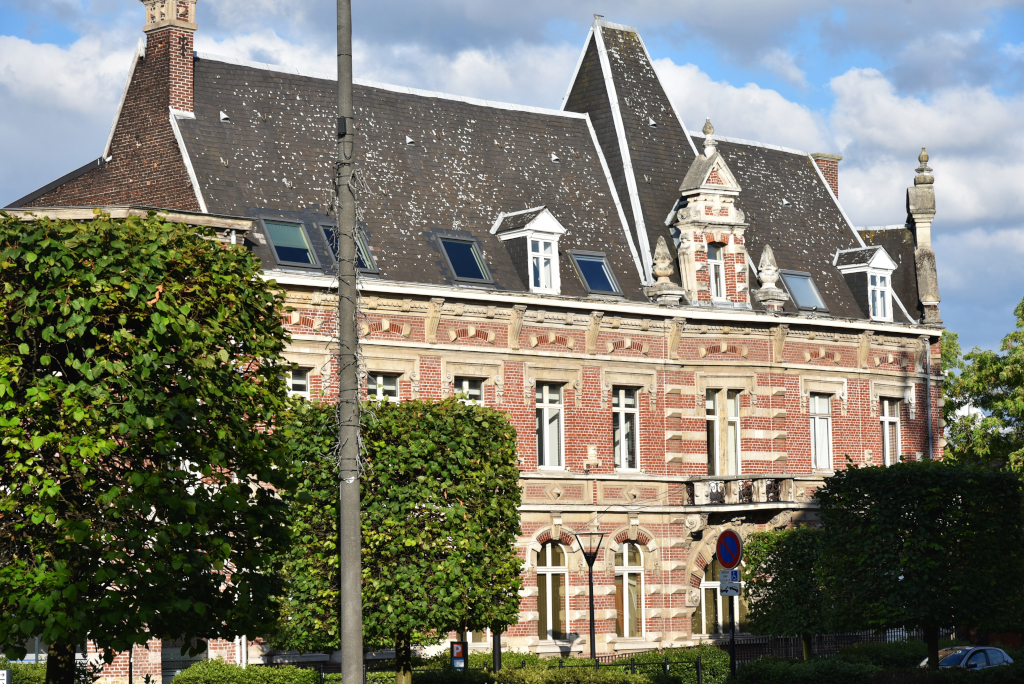August 8, 2018
Somewhat forgotten and maligned as Valenciennes may seem in contemporary times, the city charts a rich and important history. And despite the damage that it suffered in past conflicts, particularly World War II, it is still rich in a pastiche of architecture spanning a range of eras, from the medieval to the ultra modern. The Tour du Saint Cordon provides an excellent example of a structure dating back almost 1,000 years, the facade of the stunning city hall an outstanding example of the Flemish Renaissance, while the neoclassical Musée des Beaux-Arts facing a broad plaza adorned with sensuous sculptures and landscaped tastefully with local flora dates to the beginning of the 19th century. Richly-embellished 19th century brick mansions dot the city as well.
Valenciennes was first mentioned in 693 in a legal document written by Clovis II. In the 843 Treaty of Verdun, Valenciennes was made a neutral city between Neustria and the Austrasia. In the 9th century, the region was overrun by the Normans, and in 923, the city passed to the Duchy of Lower Lotharingia and thus the Holy Roman Empire. Once the Empire of the Franks was established, the city began to develop, and under the Ottonian emperors, Valenciennes became the centre of marches on the border of the Empire.
In 1008, a terrible famine brought the Plague. According to local tradition, the Virgin Mary held a cordon around the city which, miraculously, has since protected its people from the disease. Since then, every year at that time, the Valenciennois walk 14 kilometres road around the town in what is called the tour of the Holy Cordon. Even today, the bell of the 14th century Tower of Dodenne is rung in honour of Our Lady of the Holy Cordon.
In the 15th century, the County of Hainault that Valenciennes belongs to was re-attached to Burgundy. Valenciennes became an early center of Calvinism, and in 1562 the staging ground of the first act of resistance against the persecution of Protestants in the Spanish Netherlands. And yet, by the mid-16th century, the Duke of Parma took Valenciennes, making the city resolutely Catholic. The city henceforth remained under Spanish protection, and was no longer directly involved in the Eighty Years’ War, allowing its manufacturers of wool and fine linens to continue and the city become economically independent.
In 1611, the façade of the town hall was completely rebuilt in a magnificent Renaissance style. In the seventeenth century, the Scheldt river was channelled between Cambrai and Valenciennes, benefiting Valenciennes’ wool, fabric and fine arts. To use up flax yarn, women began to make the lace Valenciennes is famous for.
In 1677, the armies of Louis XIV of France captured Valenciennes, and in 1678 the Treaty of Nijmegen gave the French control of Valenciennes and the surrounding southern part of Hainault, roughly cutting the former county in half. The city became one of the main strongholds of northern France, and was later fortified by Vauban.
During the Enlightenment era, the economic situation of Valenciennes was in decline until the discovery of coal. The first pit was dug in Fresnes in 1718, and the discovery of burnable coal in 1734 at the porte d’Anzin led to the formation of the Compagnie des mines d’Anzin. In the eighteenth century, the city was equally renowned for its porcelain – in fact, it was the porcelain furnaces’ demand for coal that led to the mining enterprises.
The city was besieged by the First Coalition against Revolutionary France in 1793. Following a protracted Siege of Valenciennes, the city was captured and occupied in July by Anglo-Austrian forces under the Duke of York and the Prince of Saxe-Coburg, and only retaken by the French Revolutionary armies in August 1794. Following the Napoleonic era, Valenciennes gave itself up to the Bourbons in 1815 for 5 years.
(Narrative excerpted from Wikipedia)

